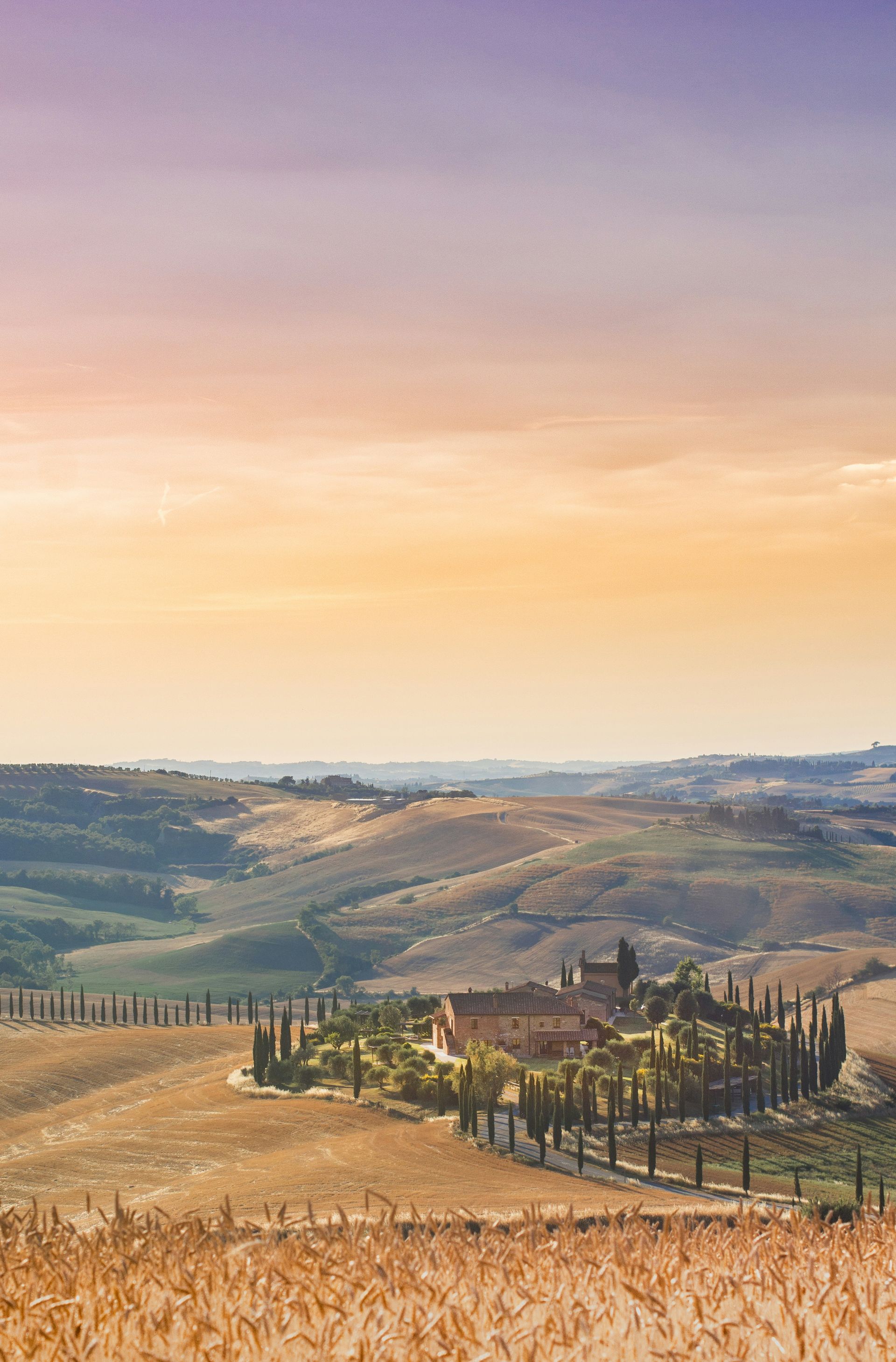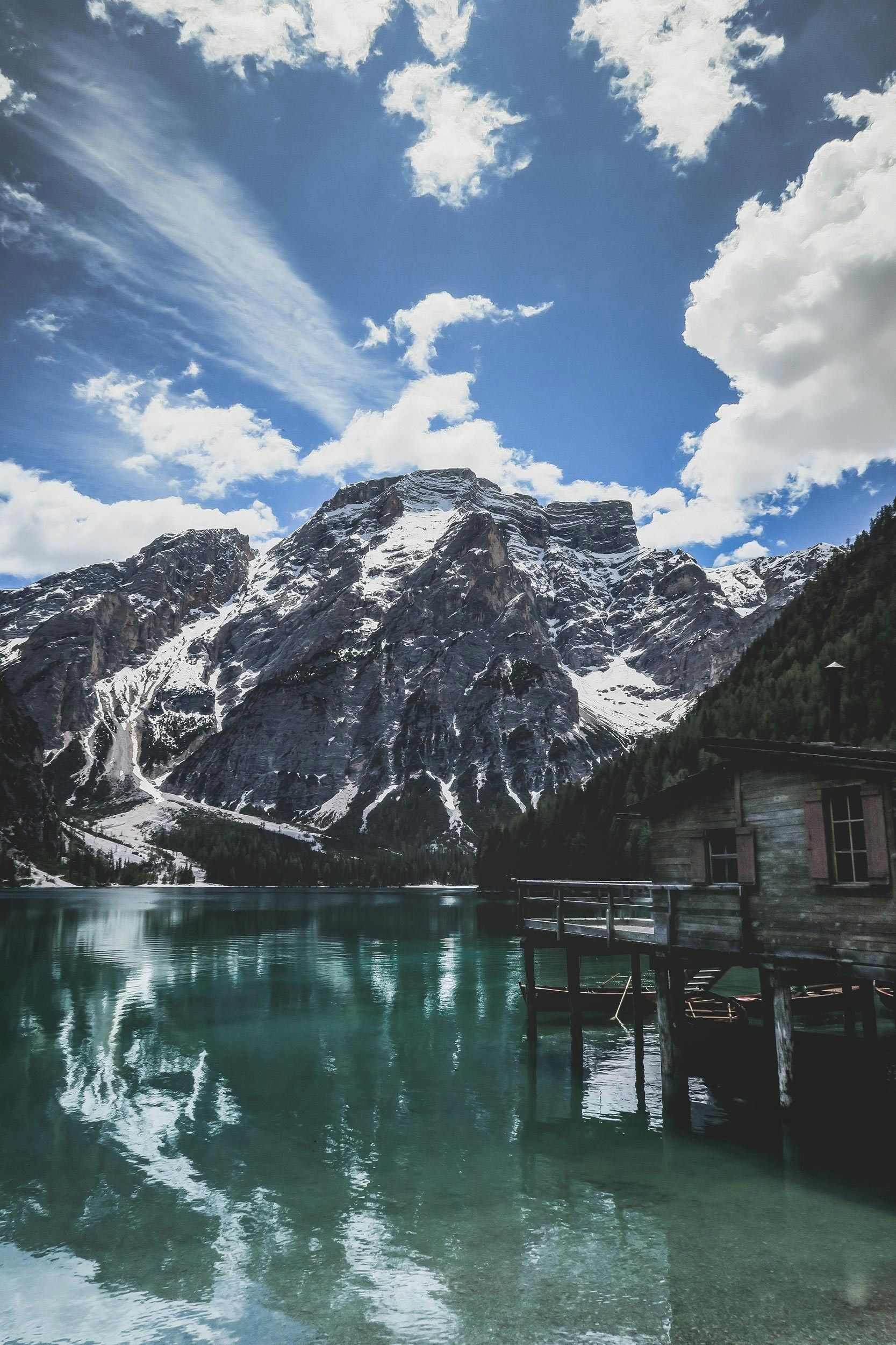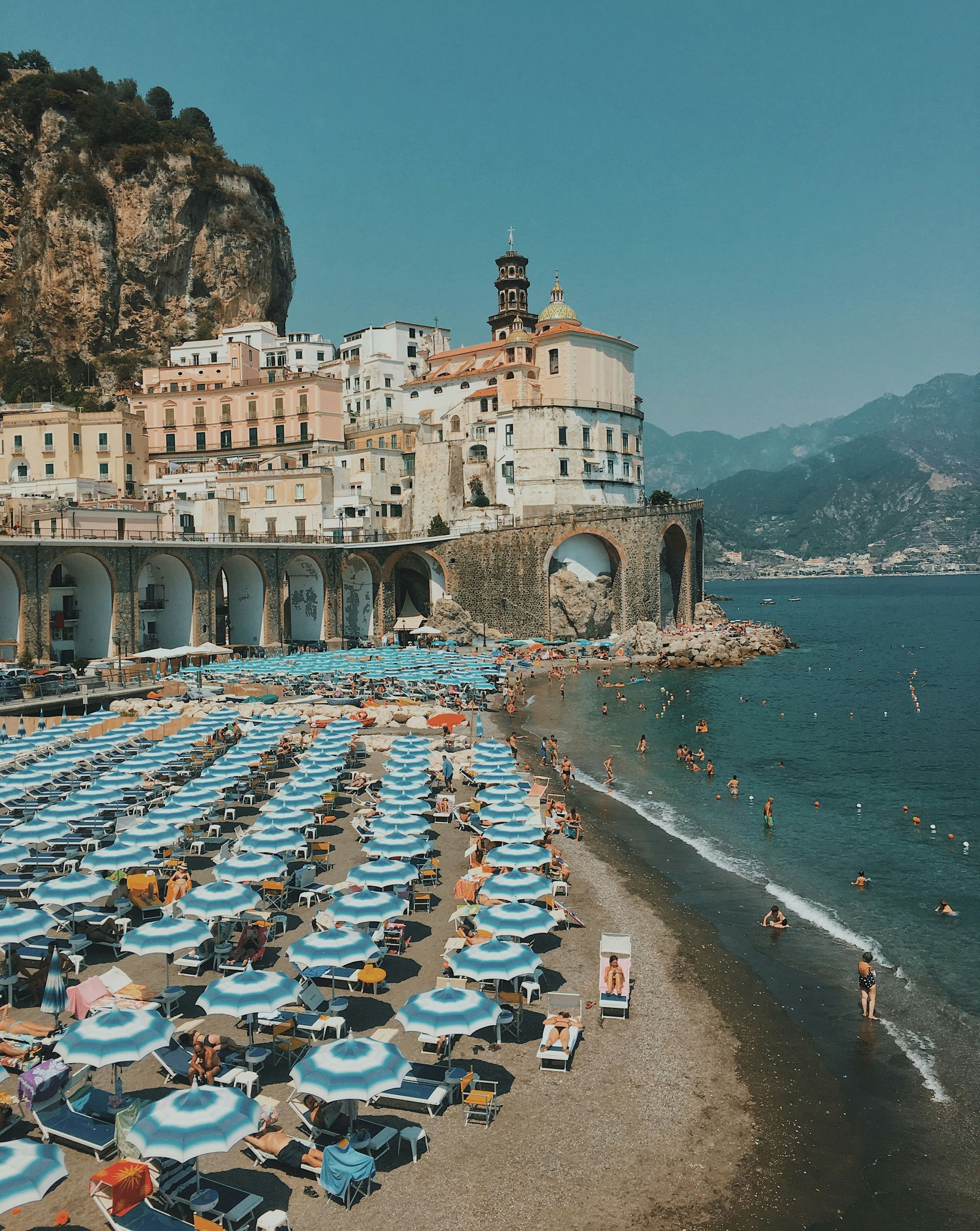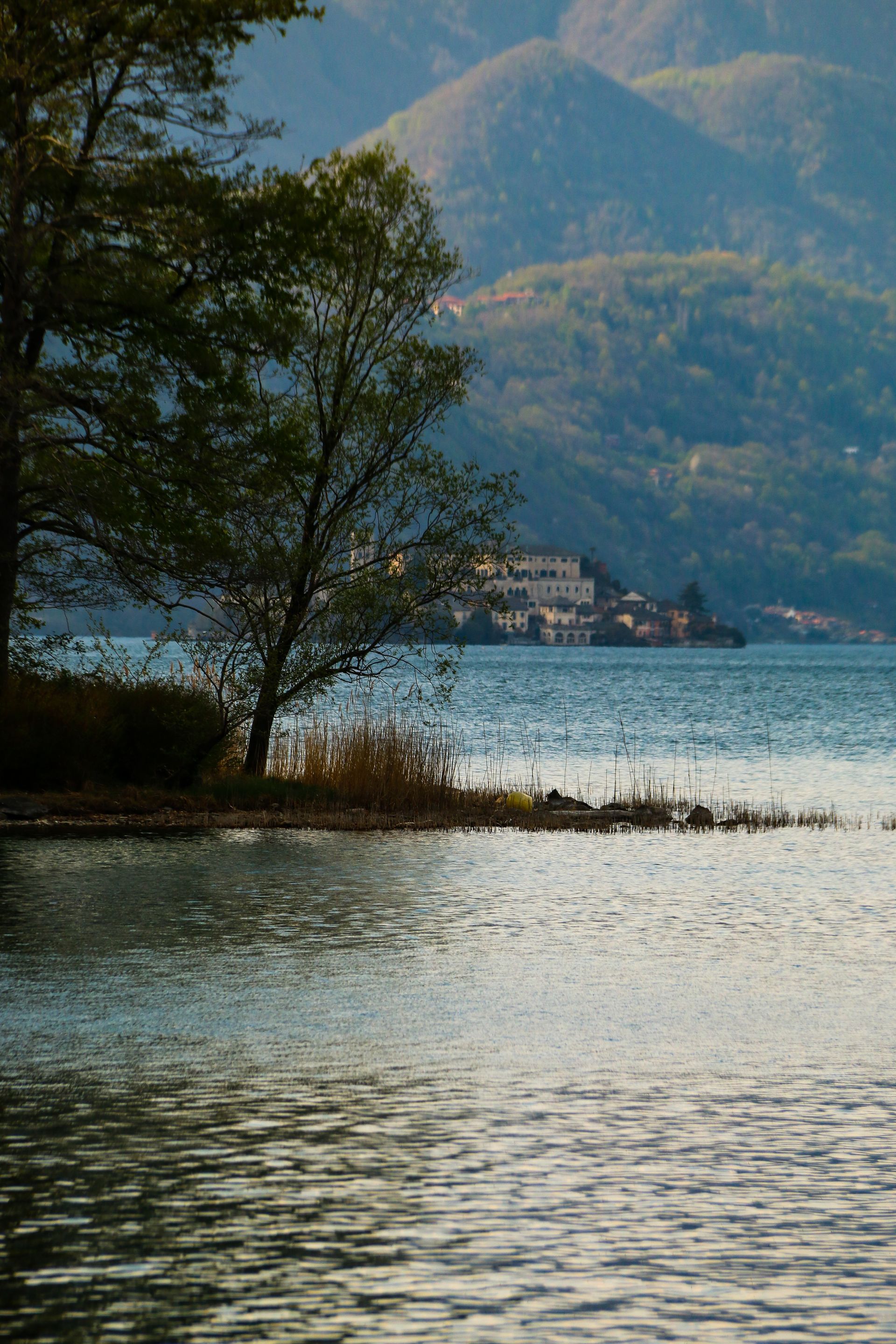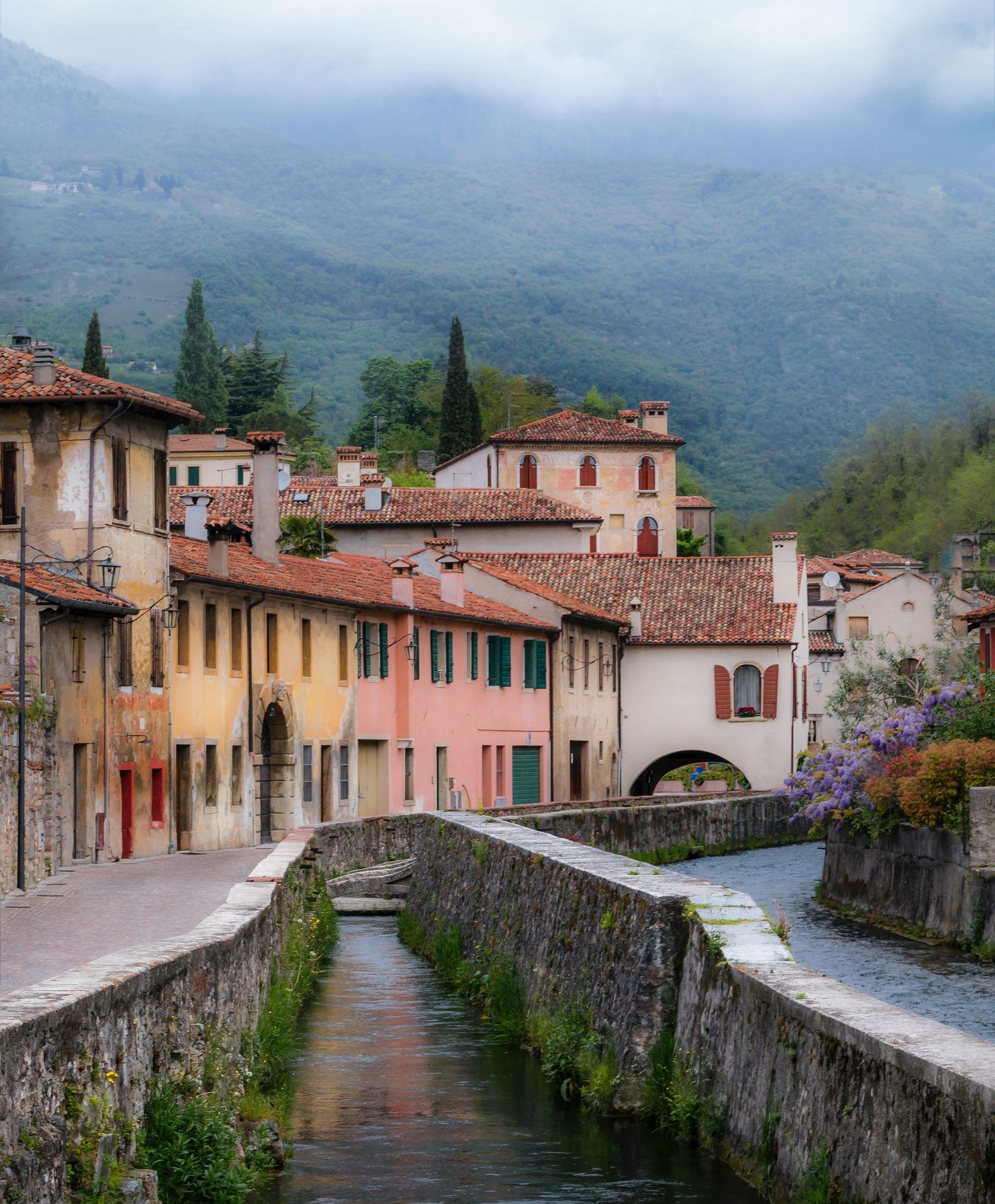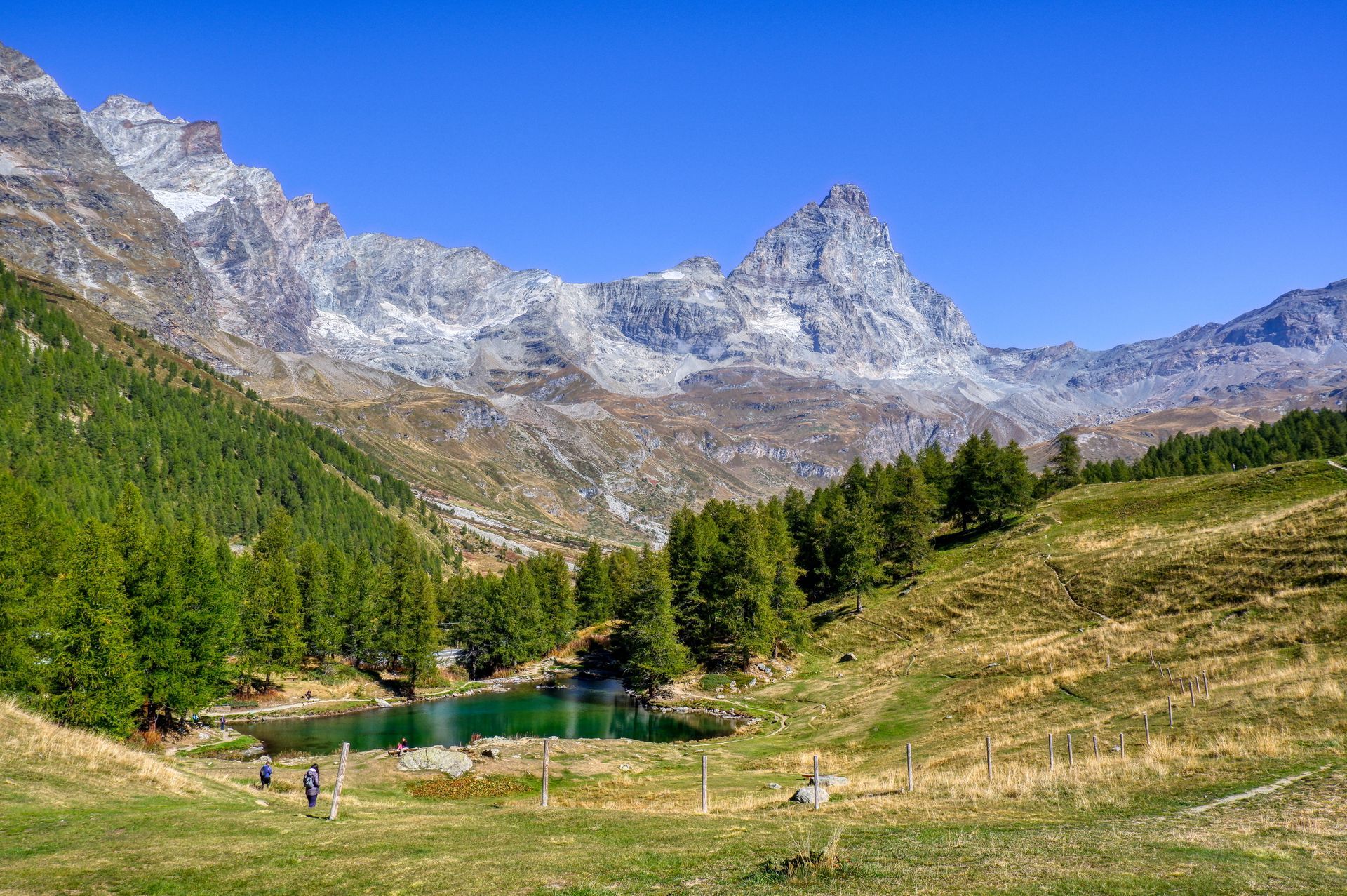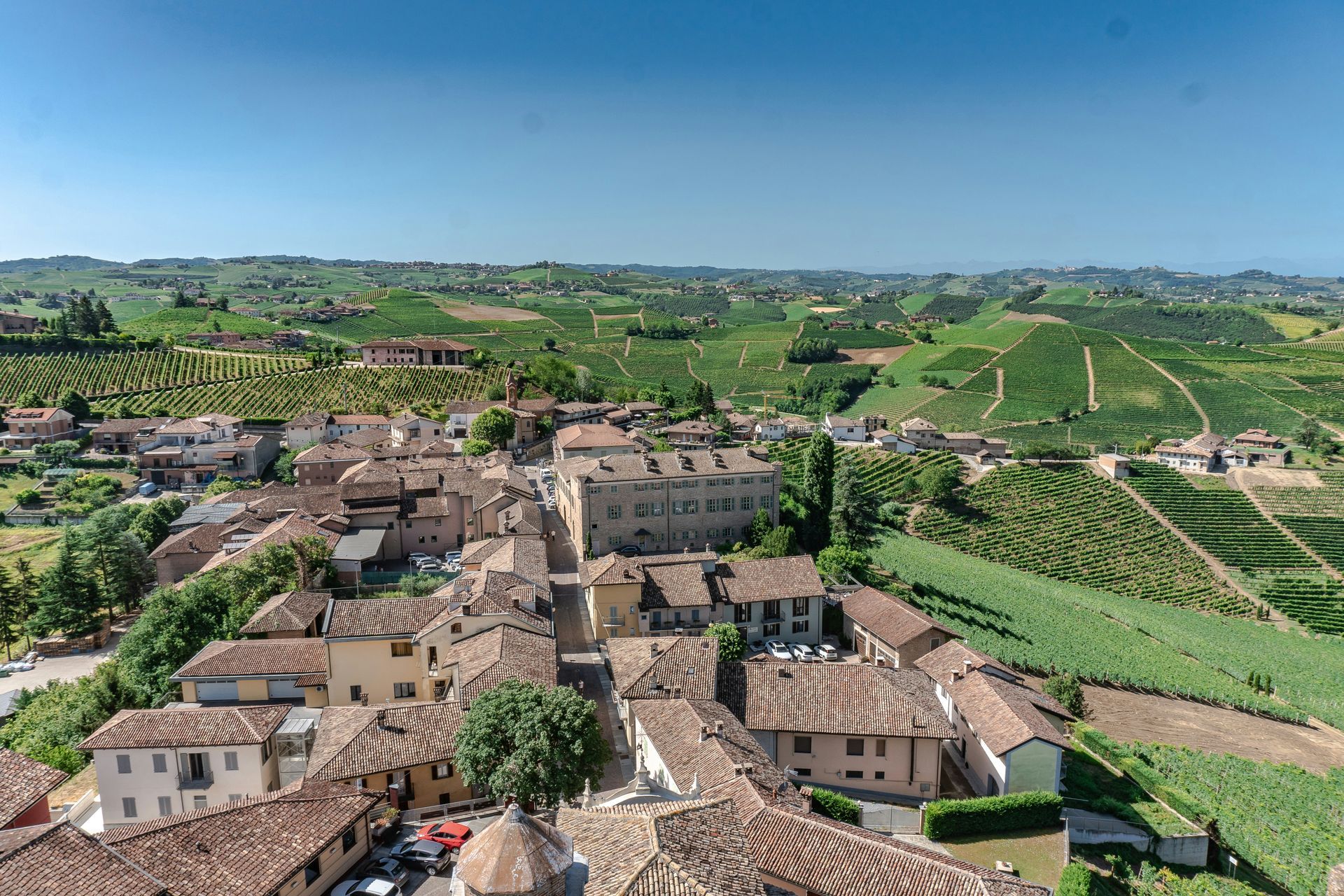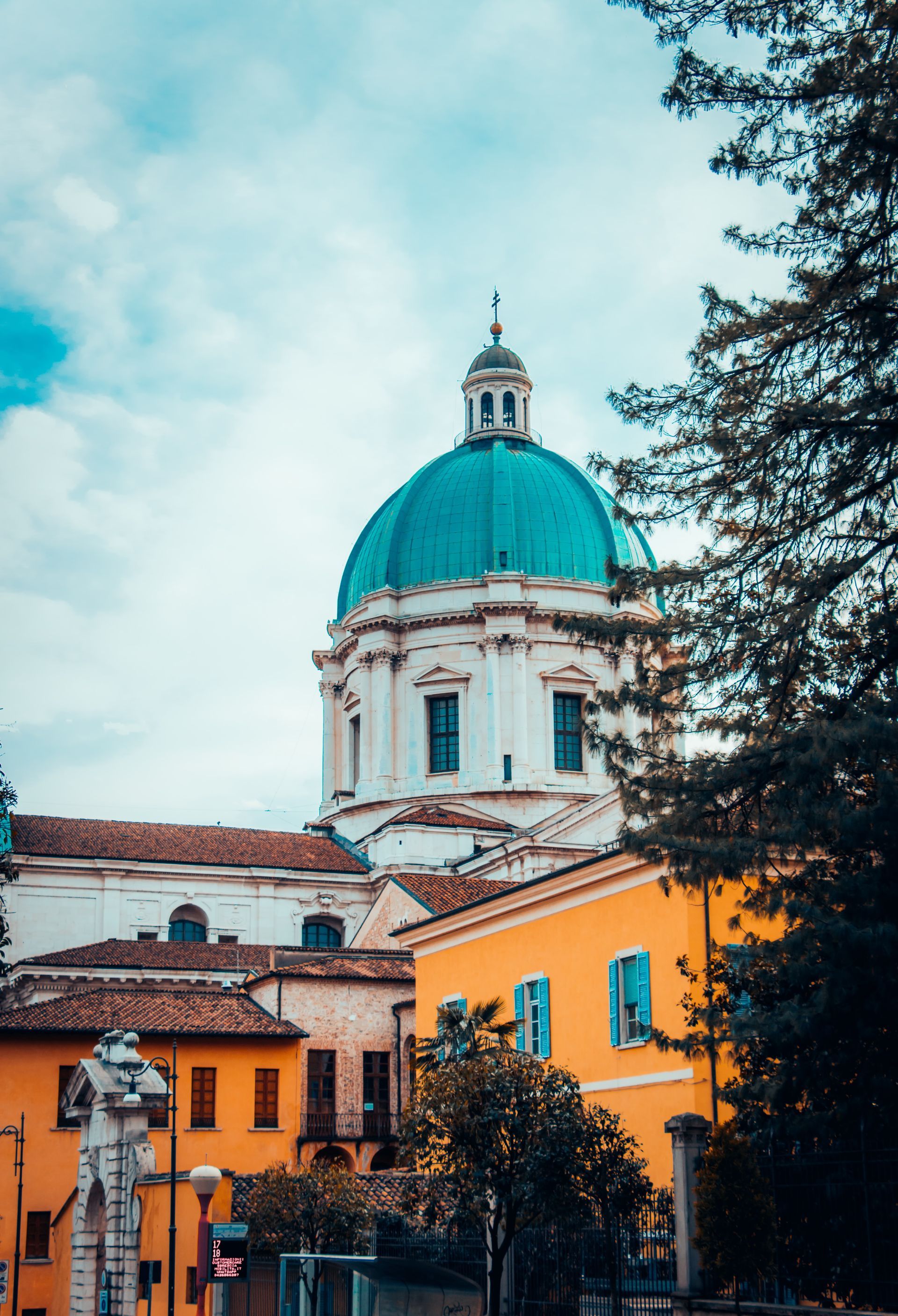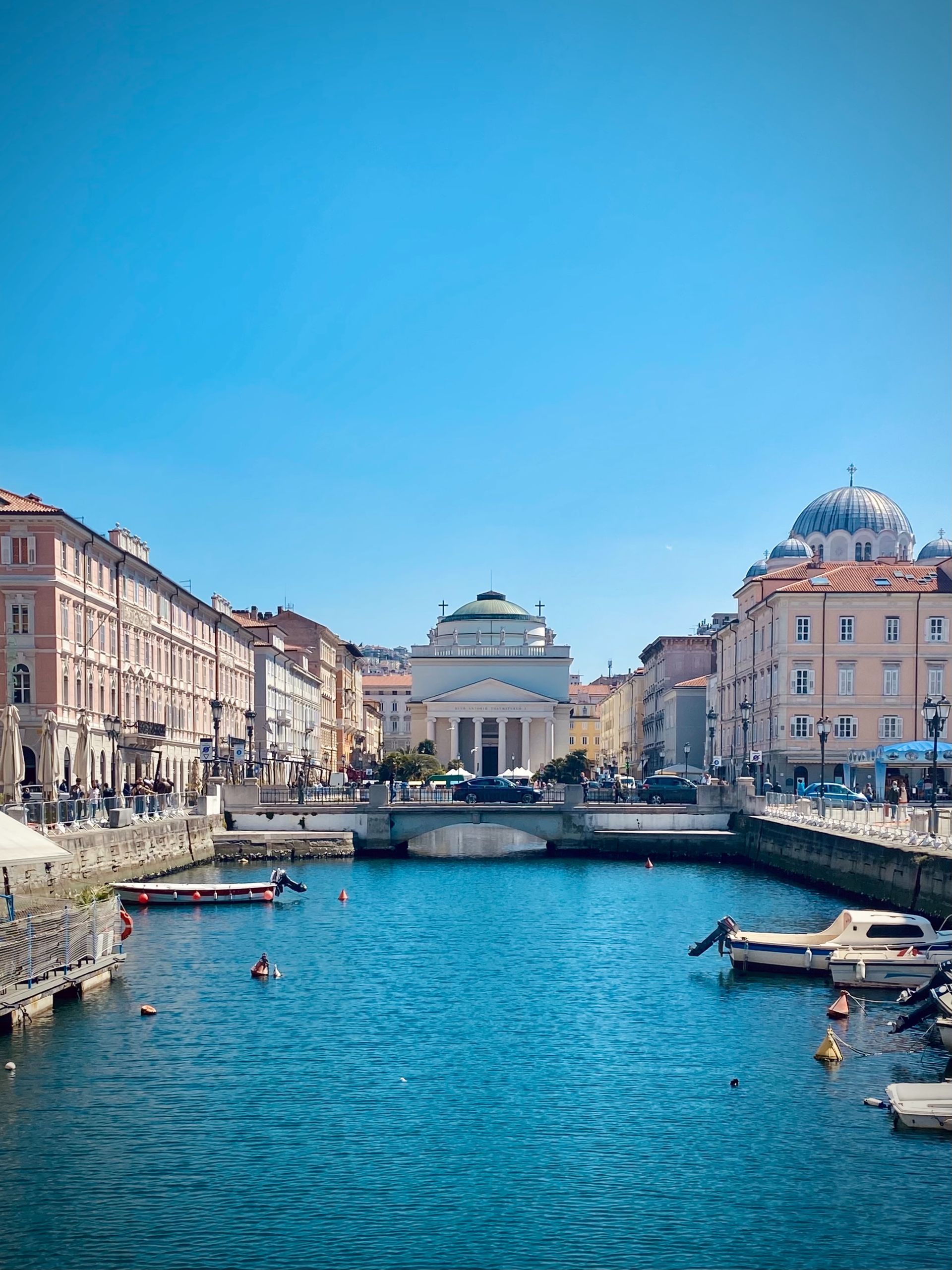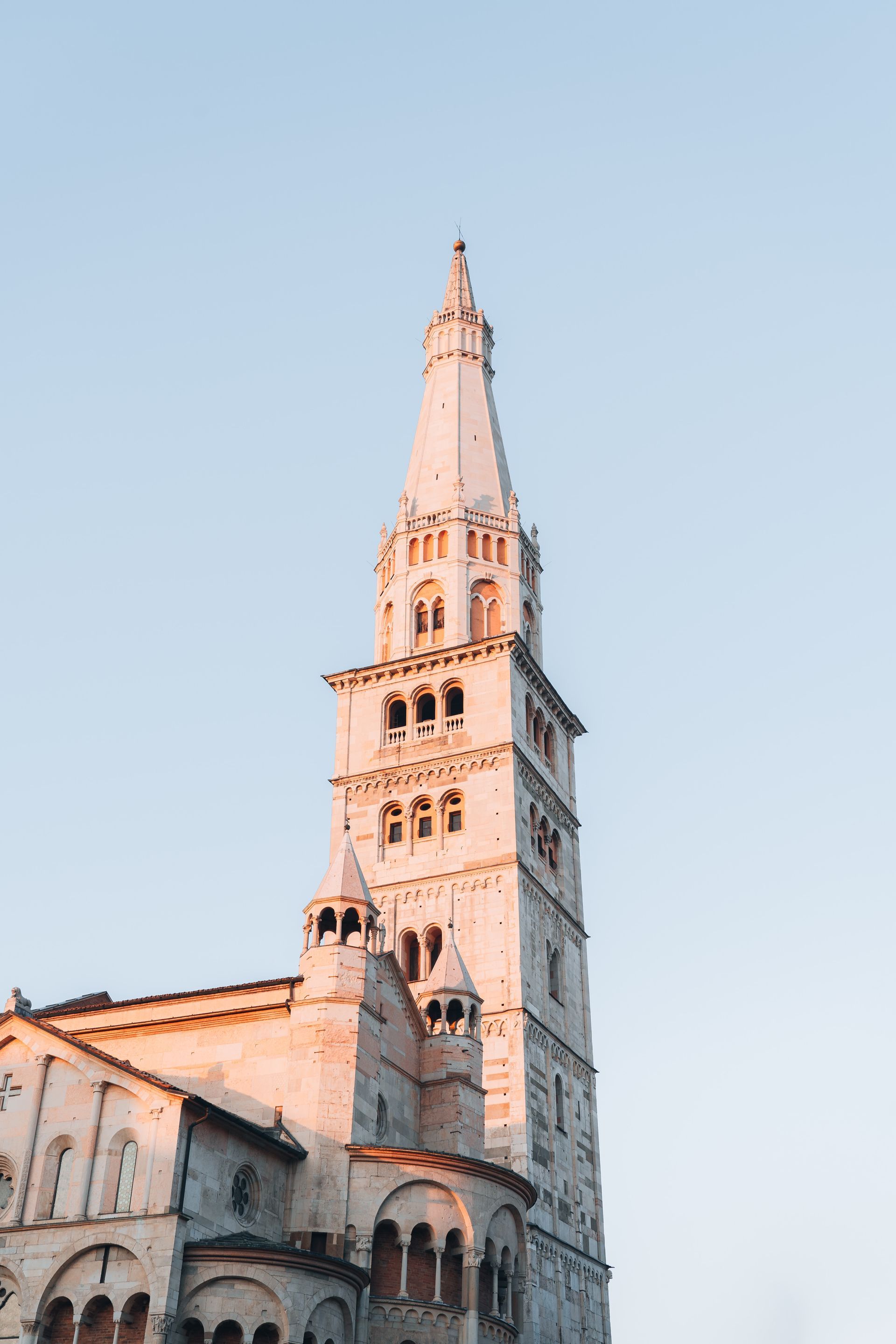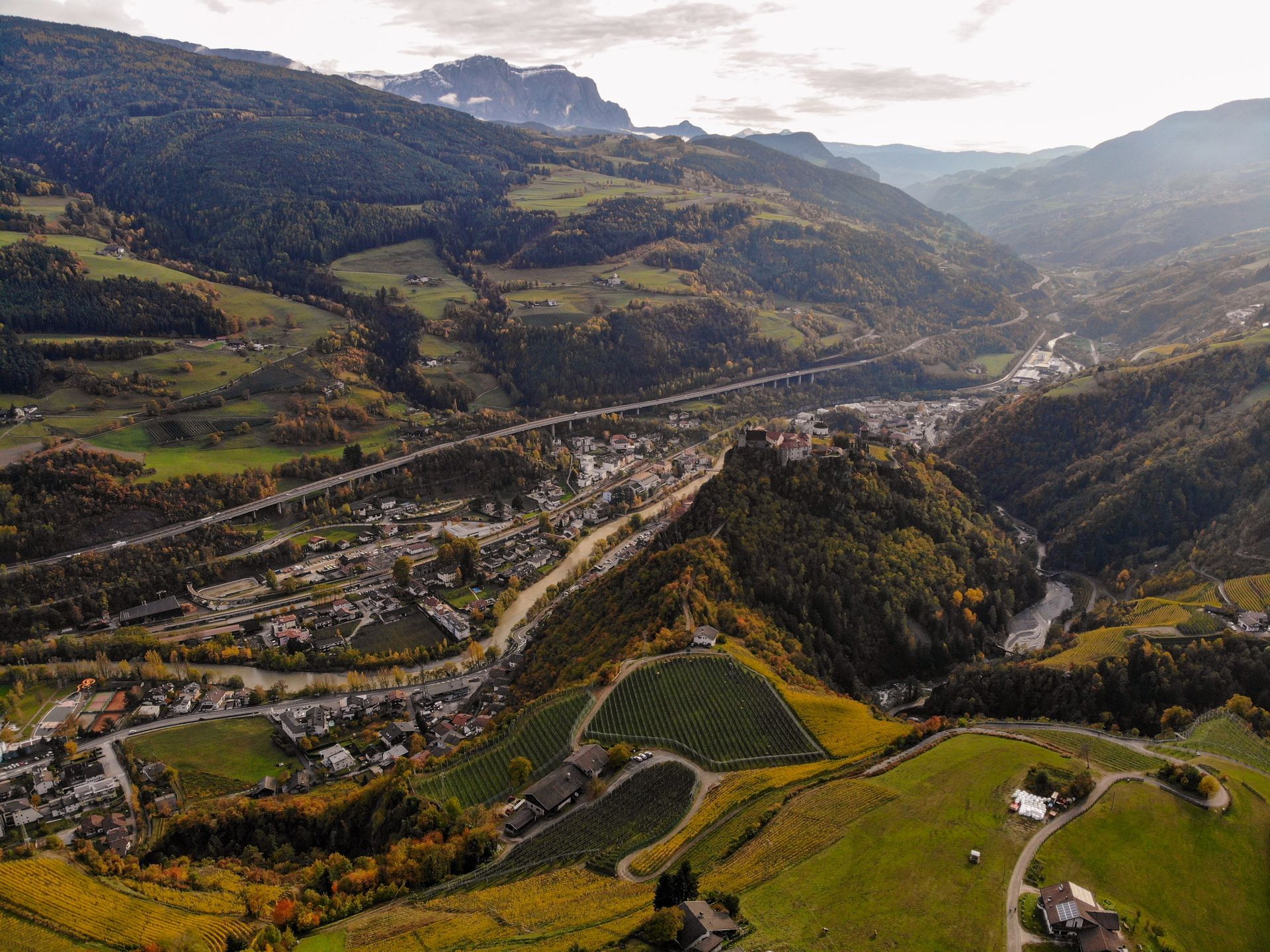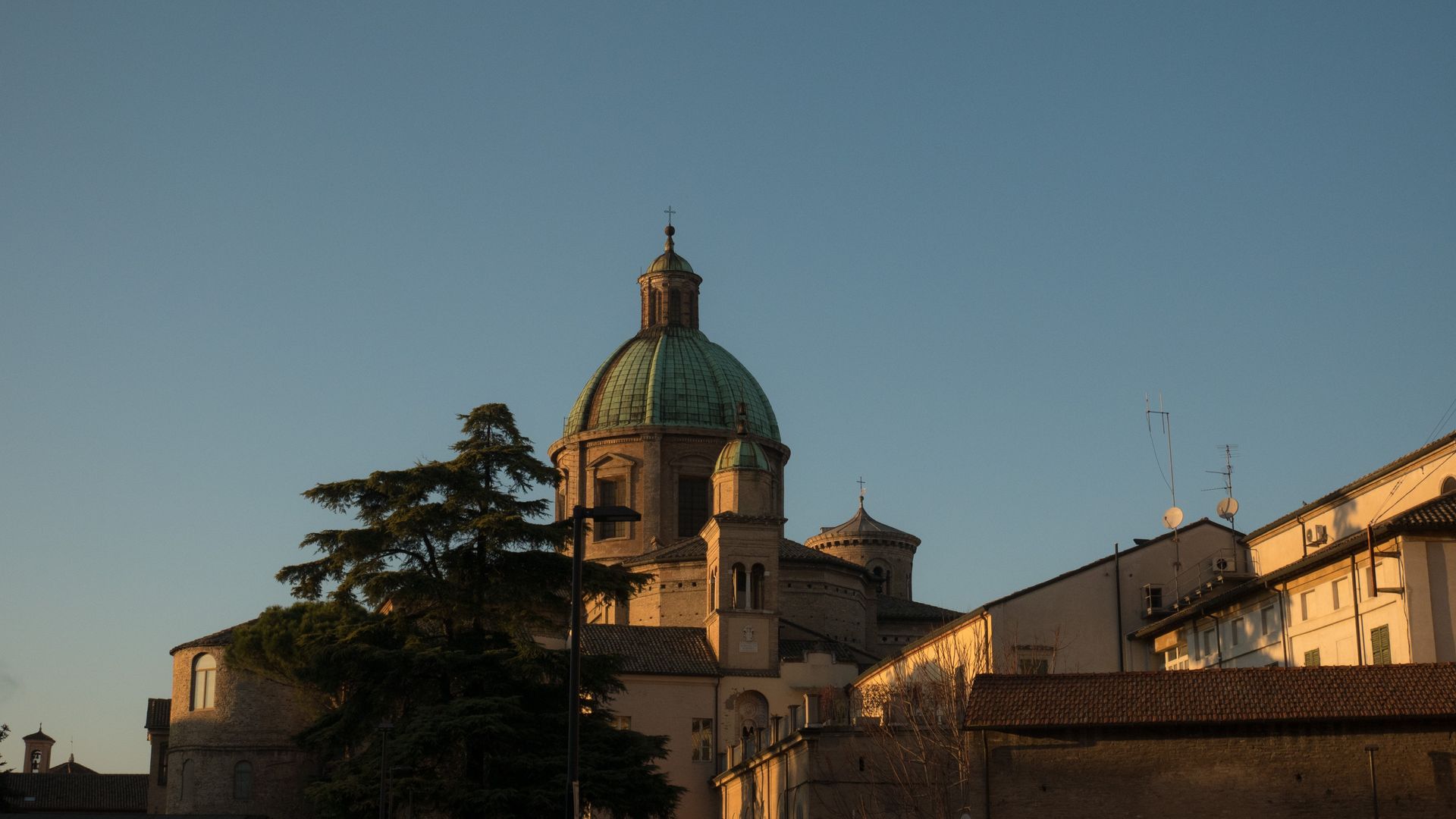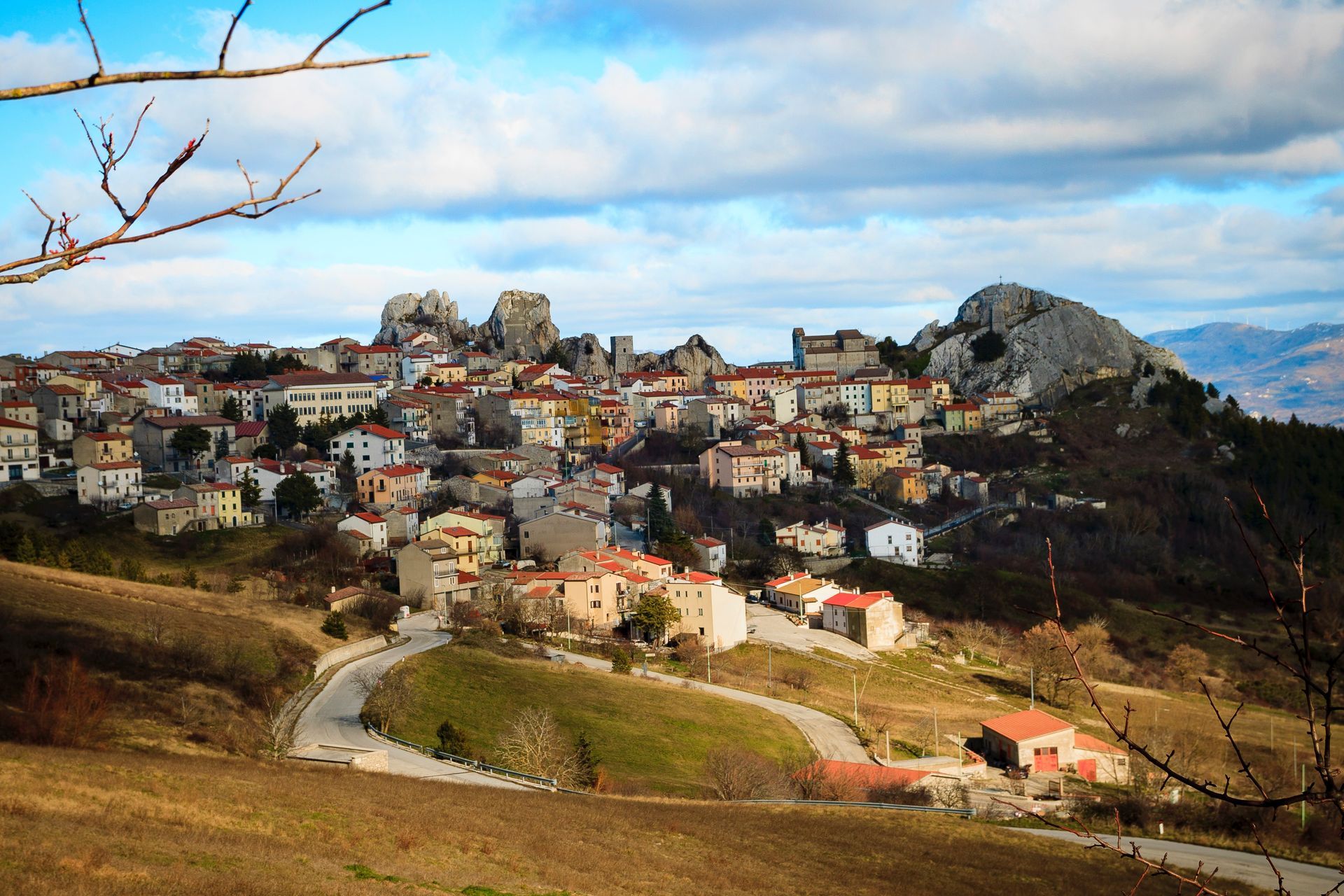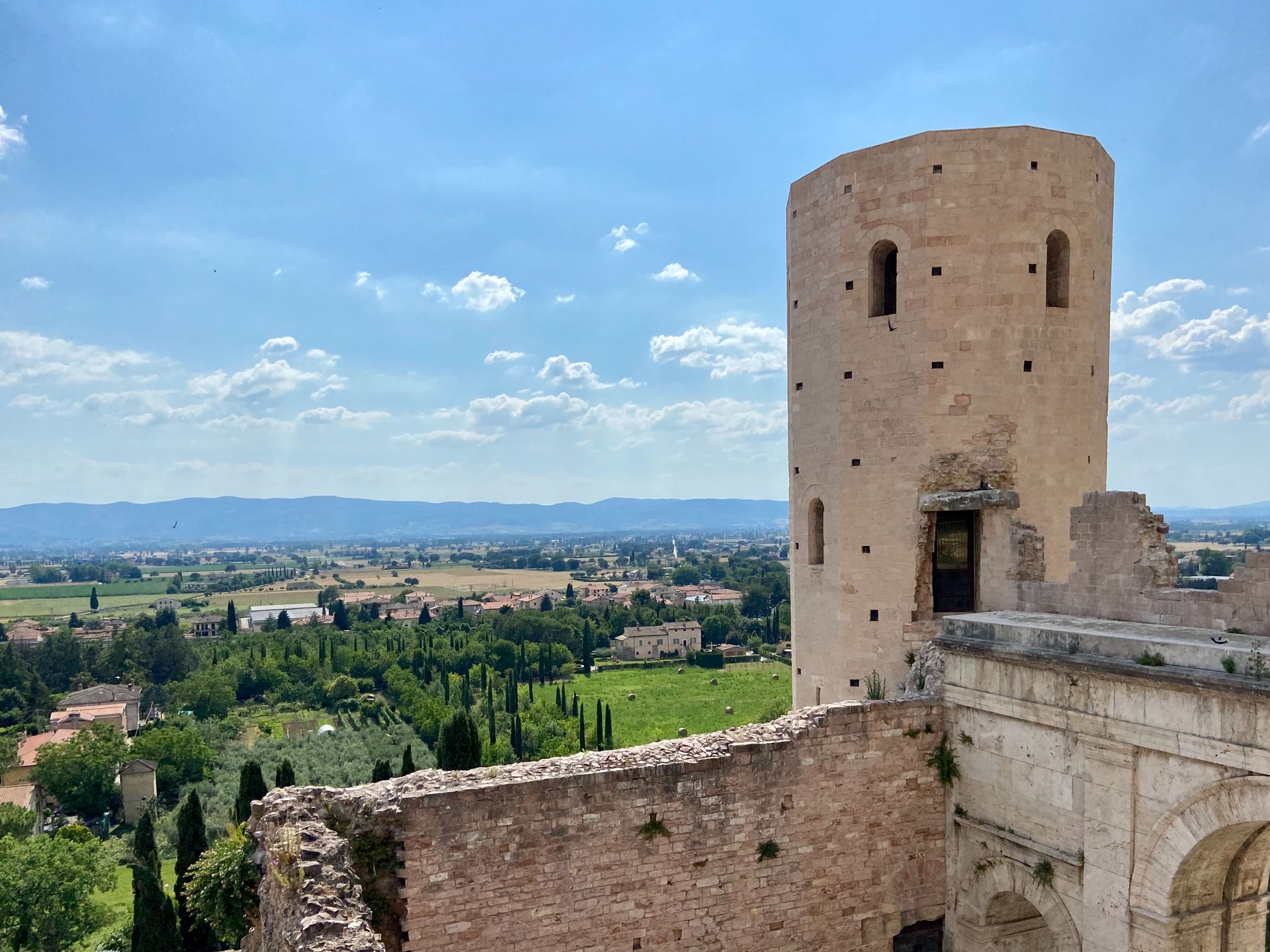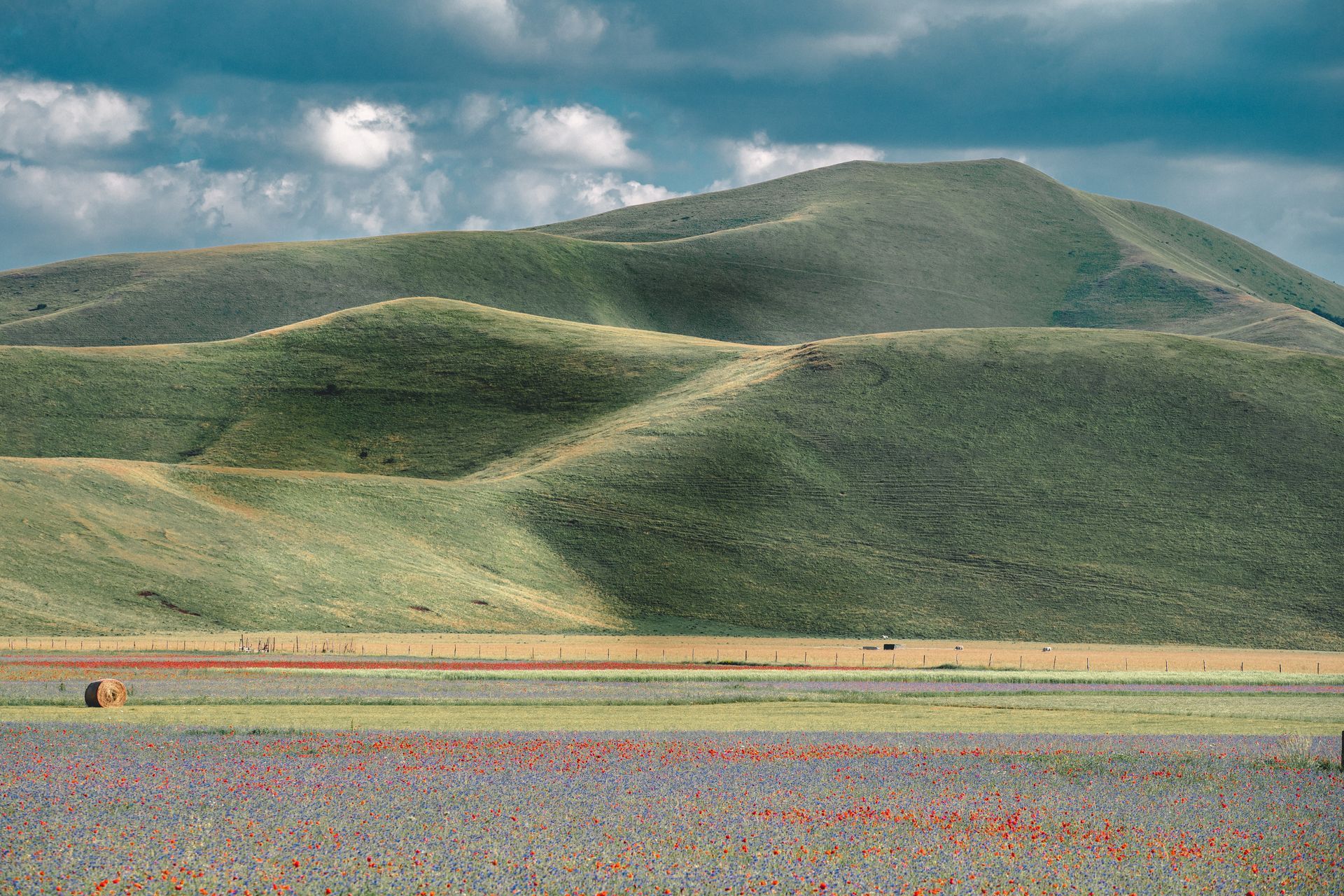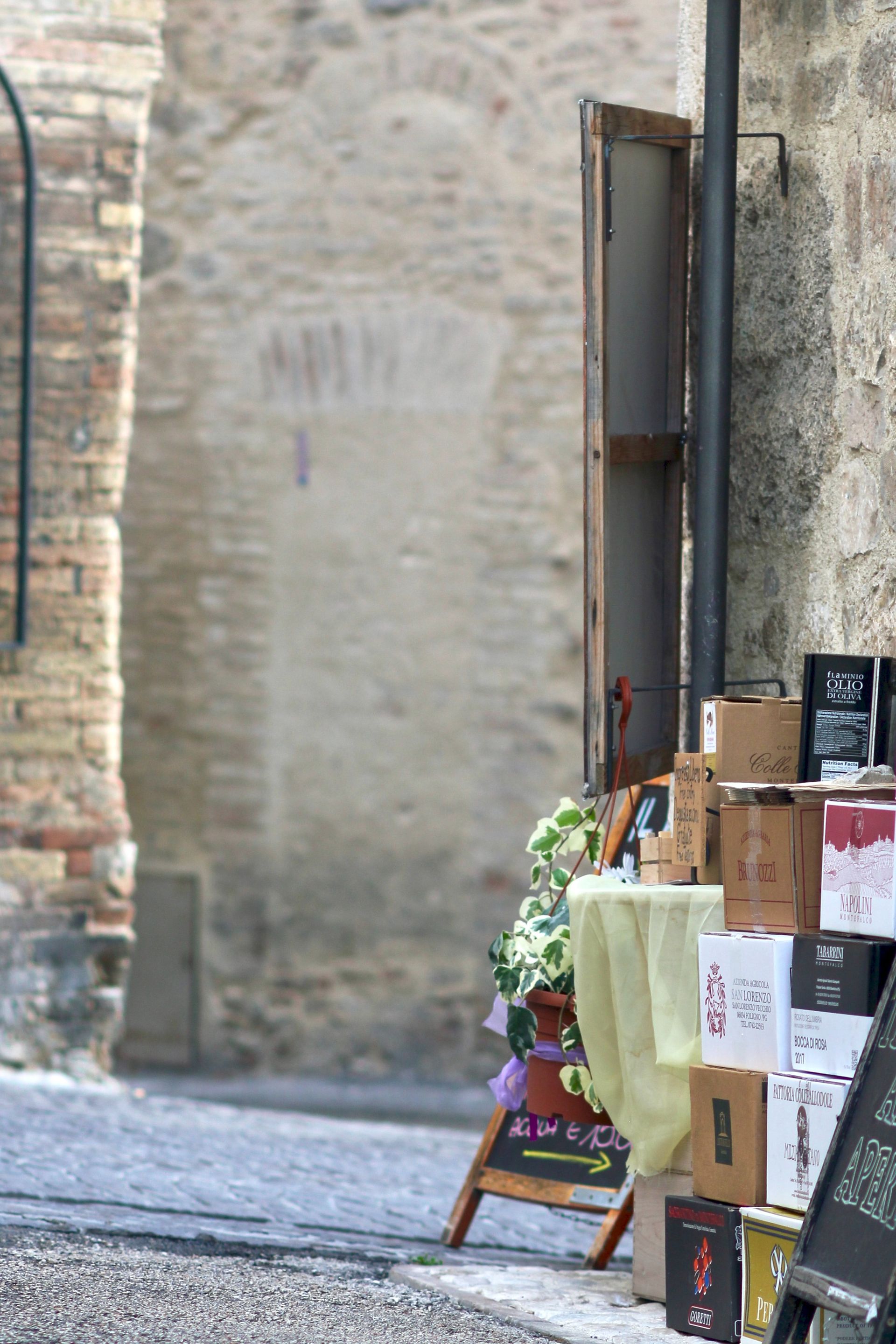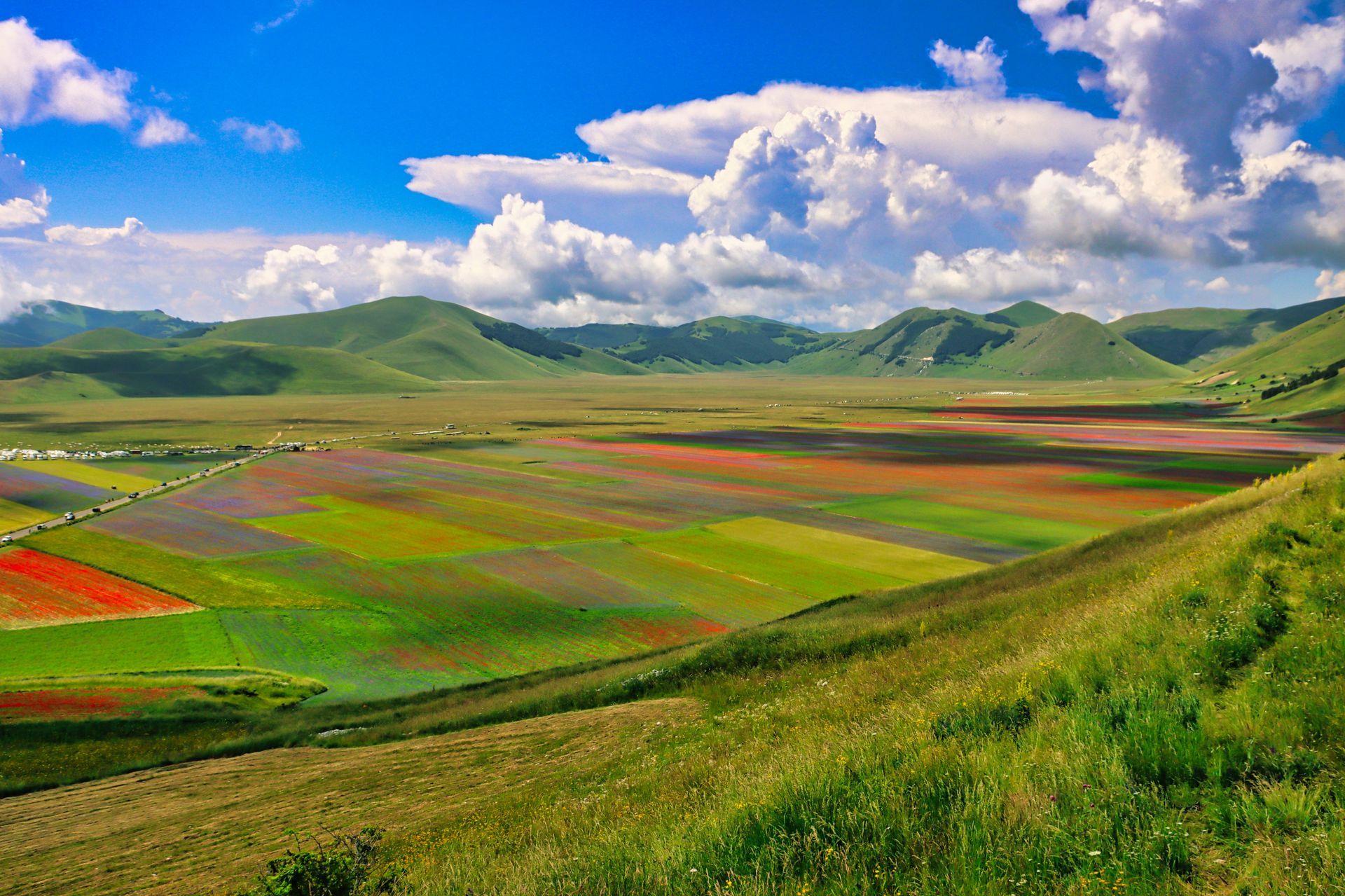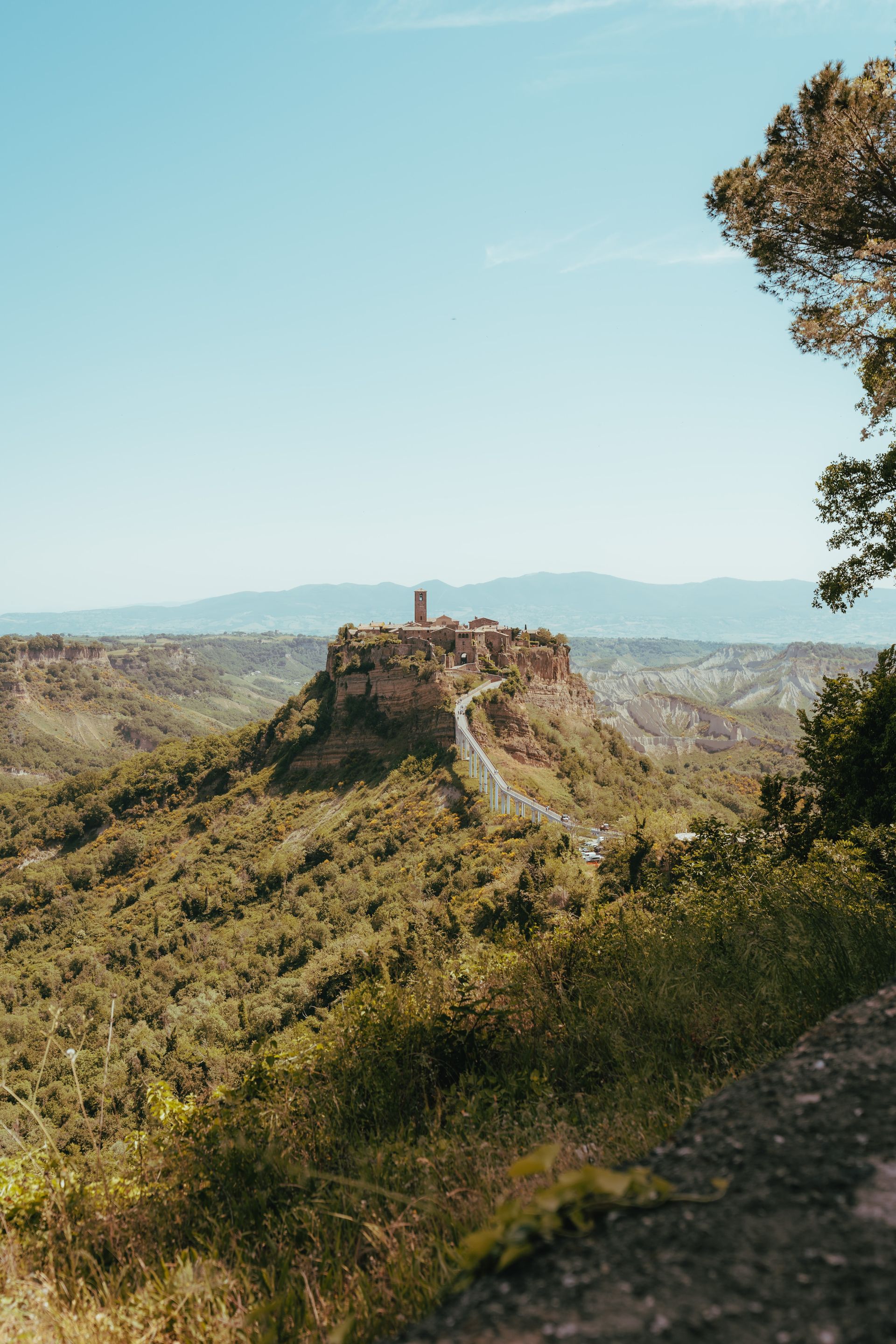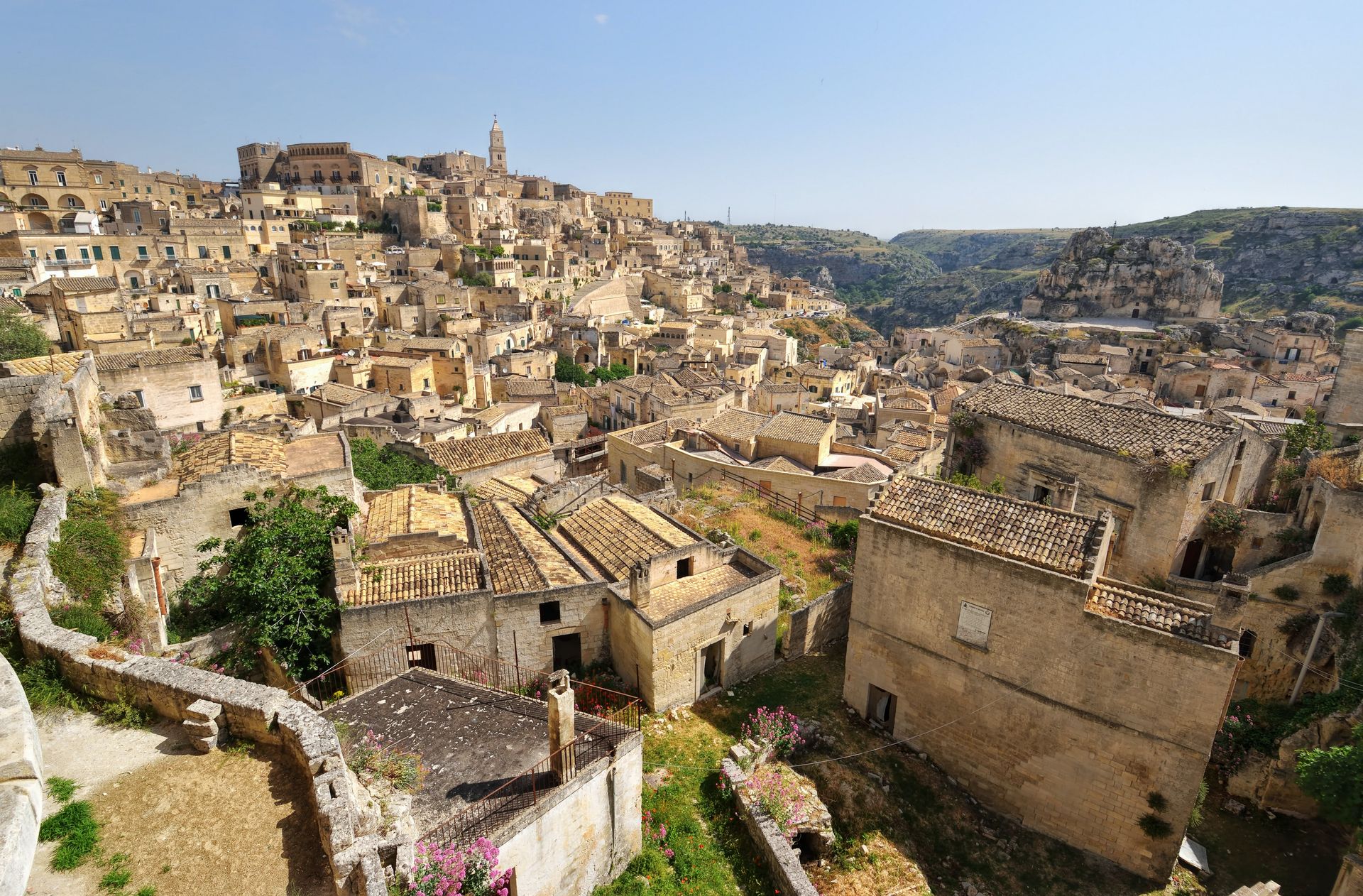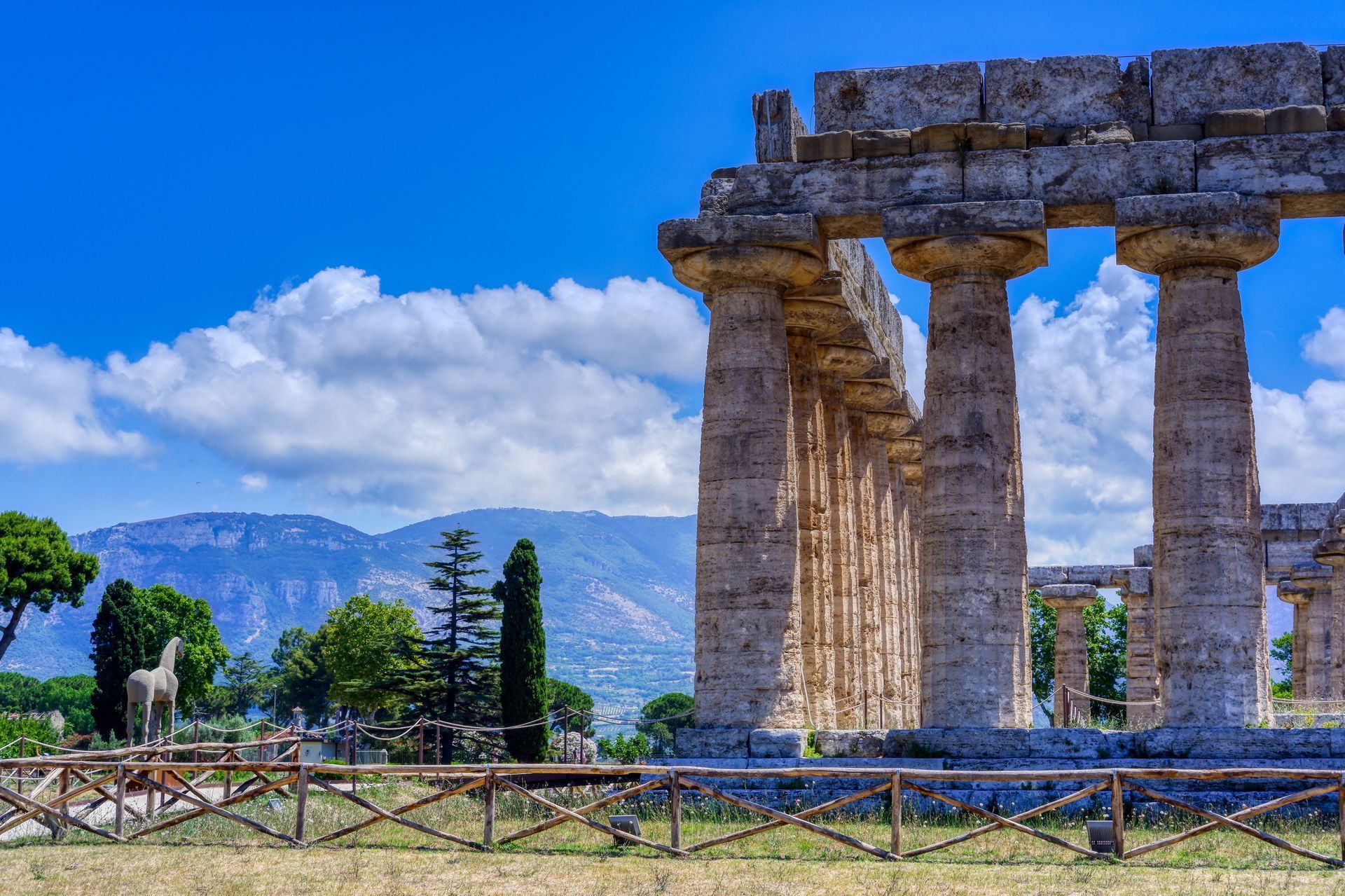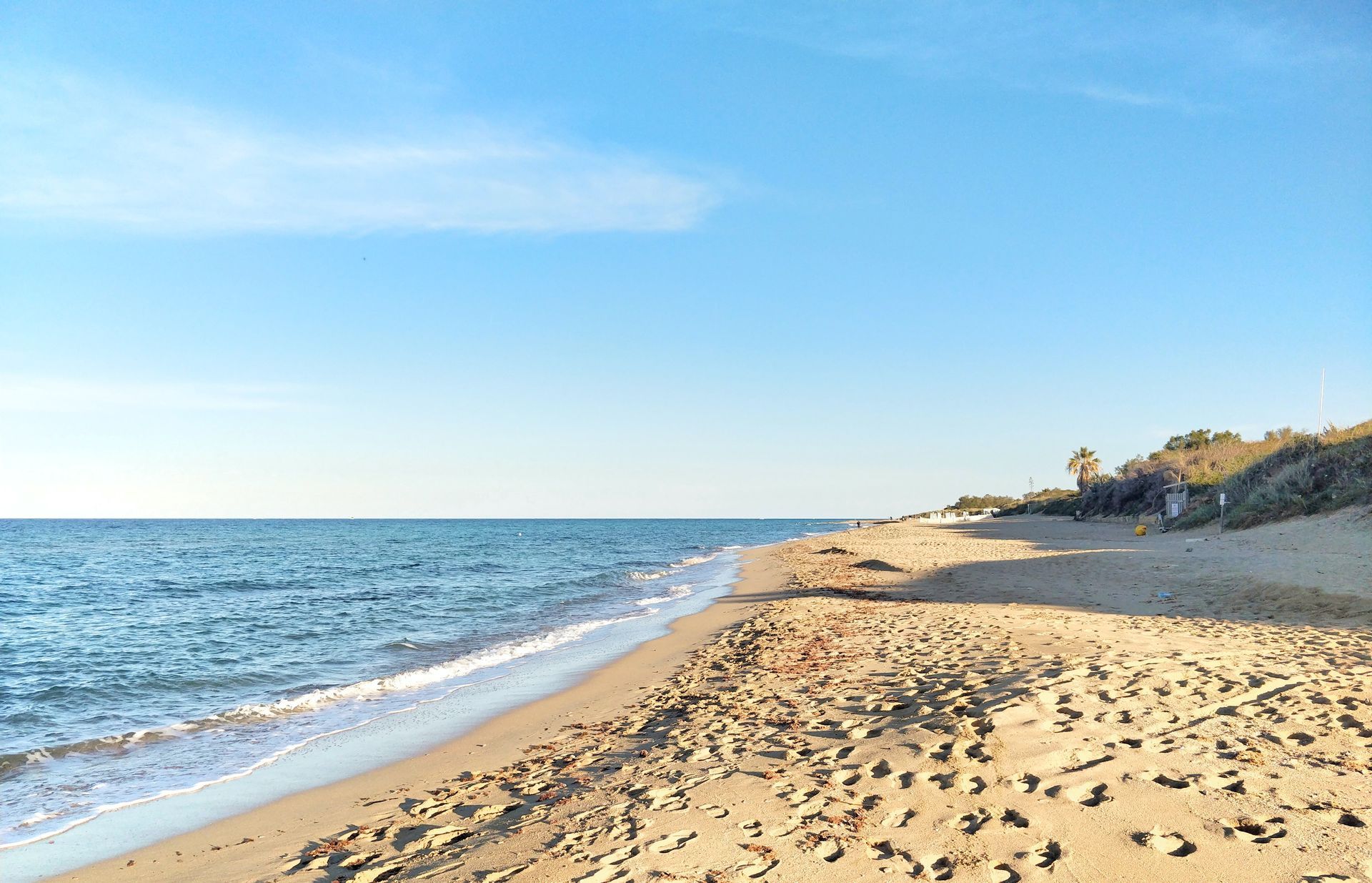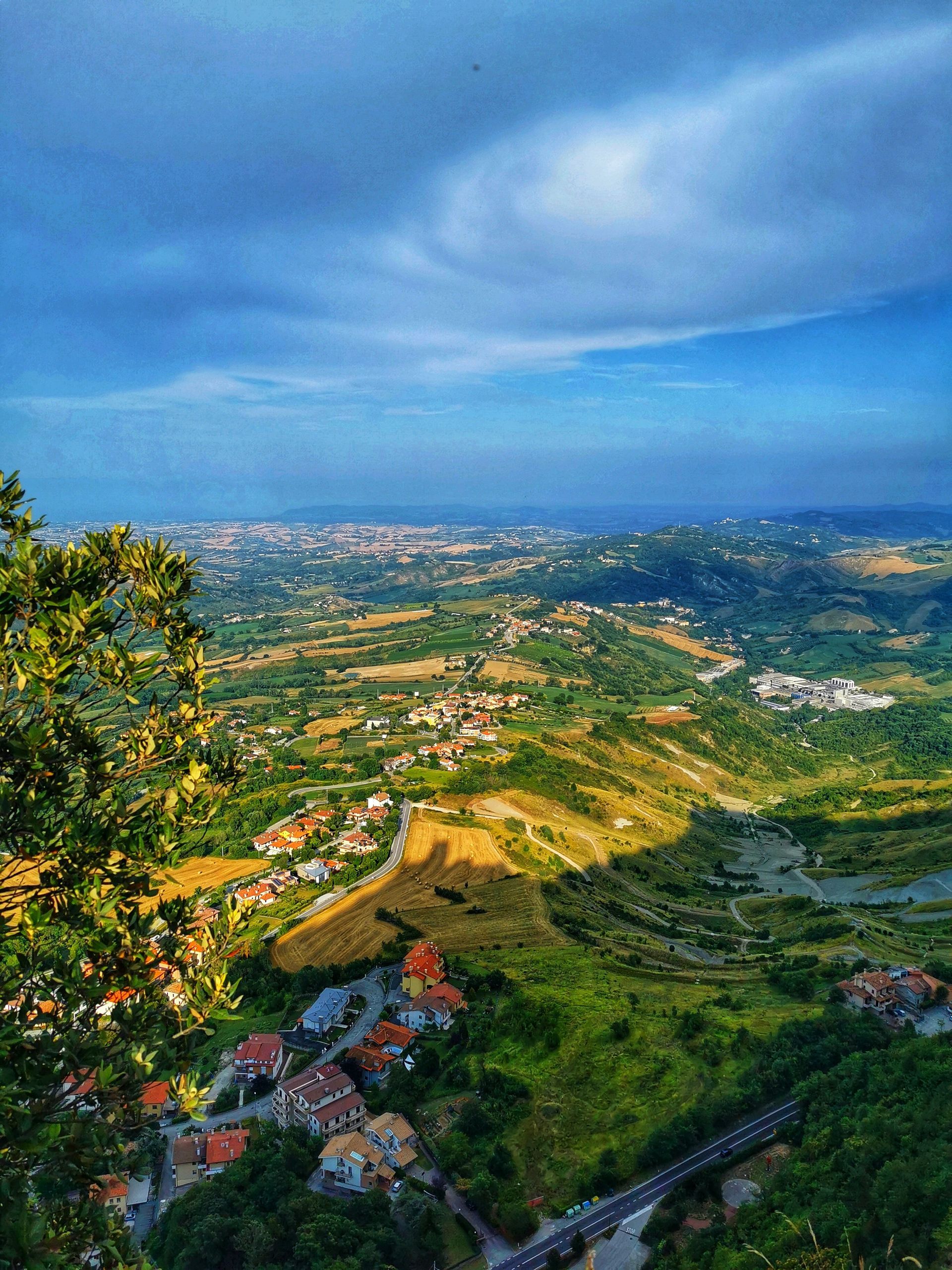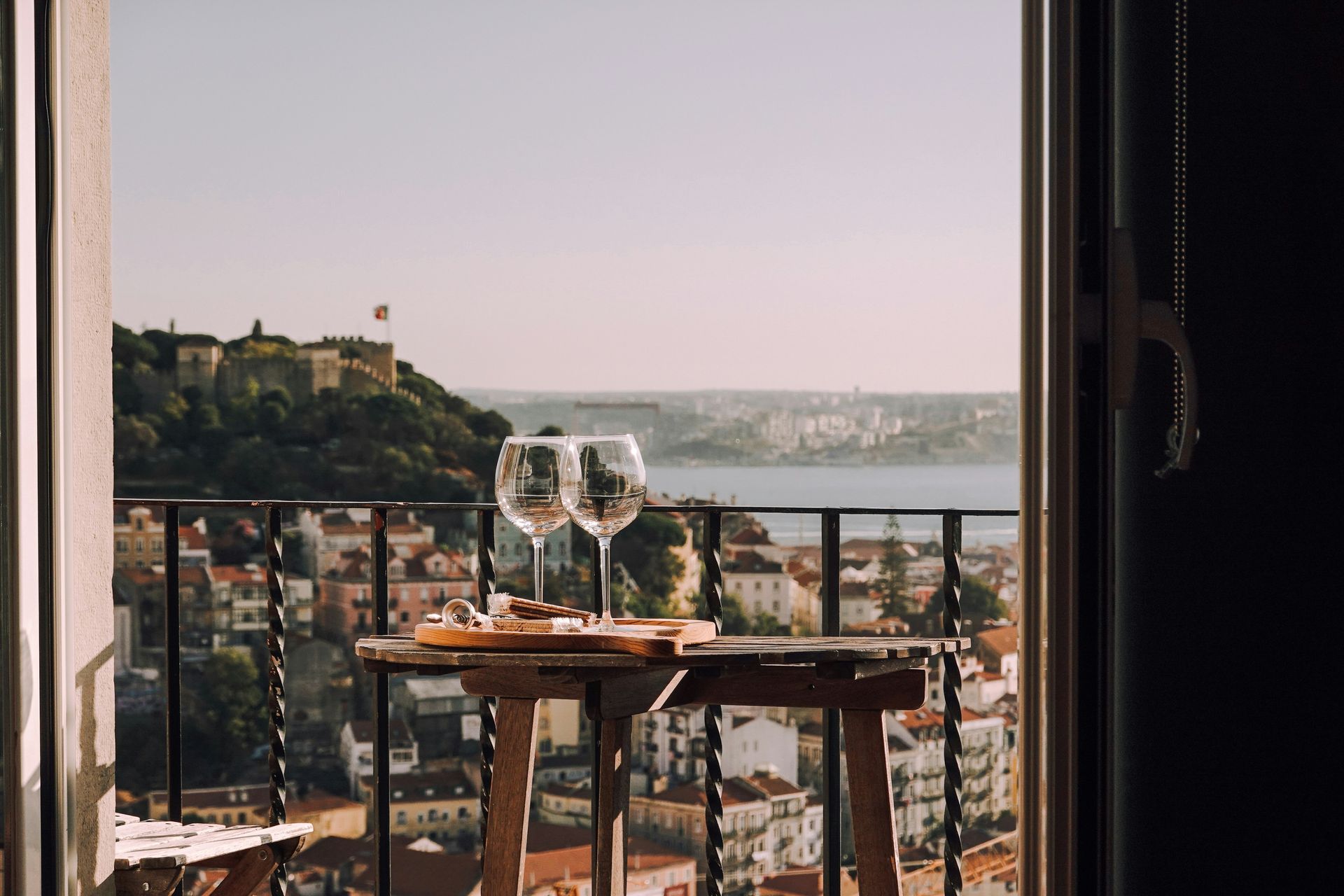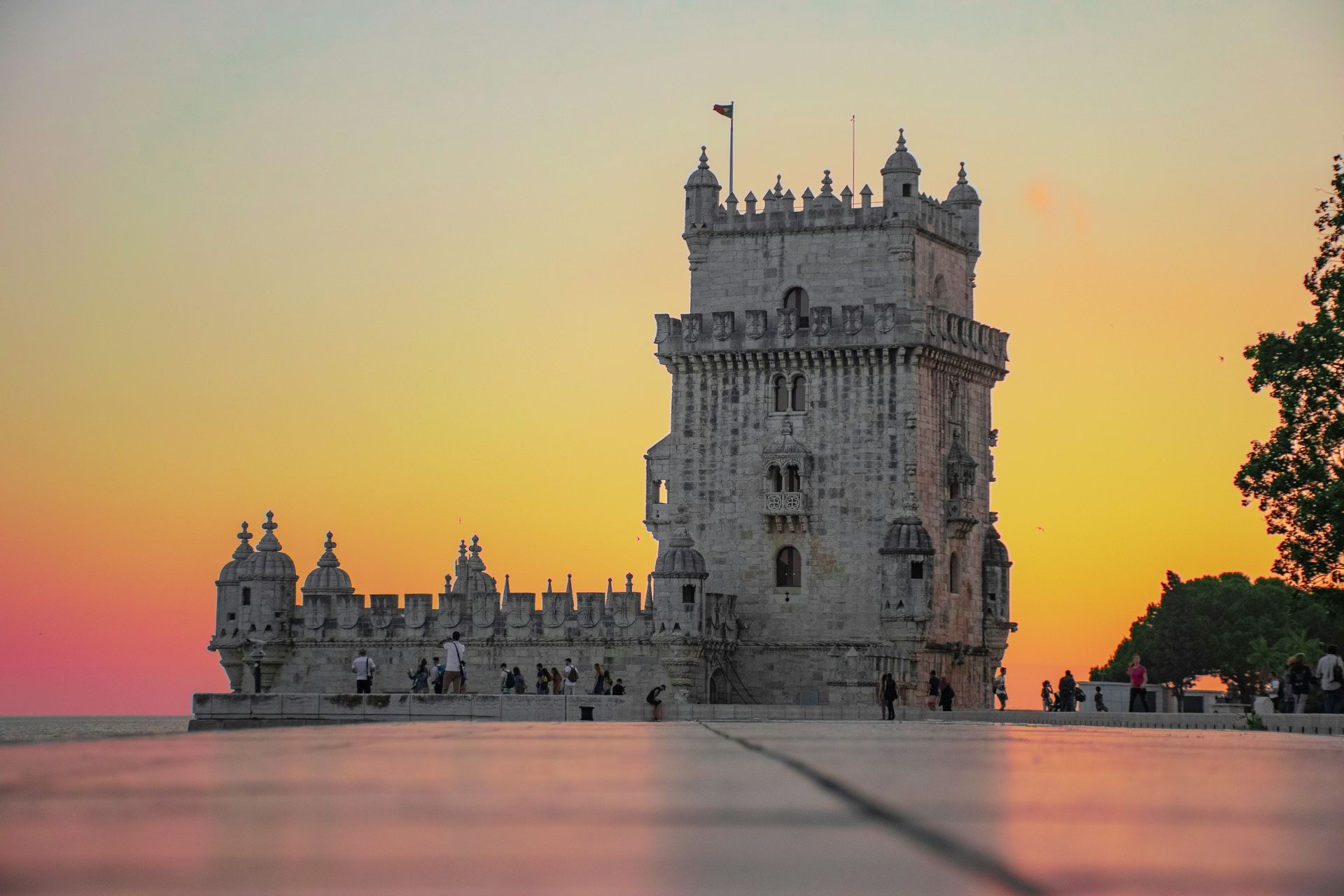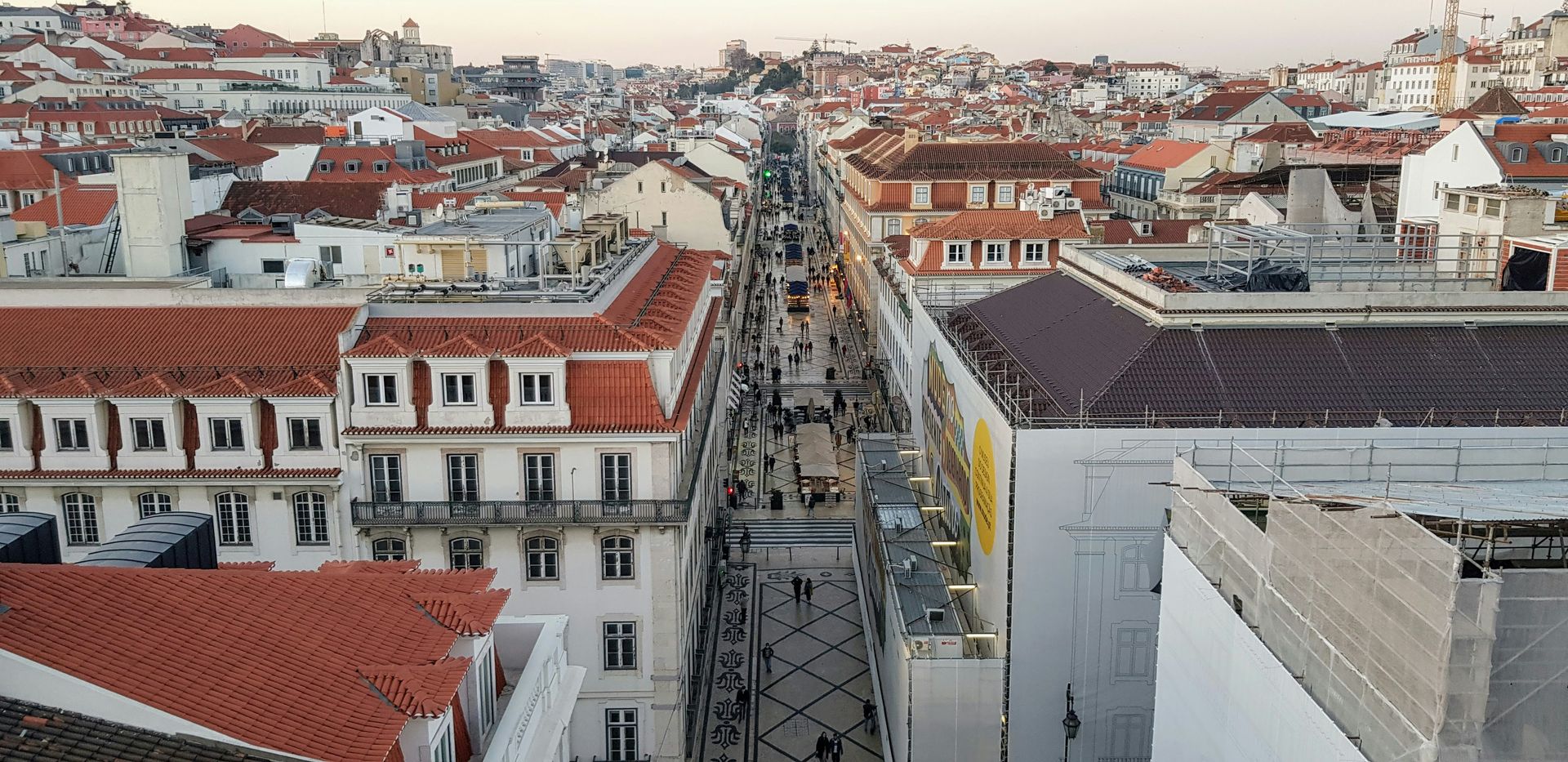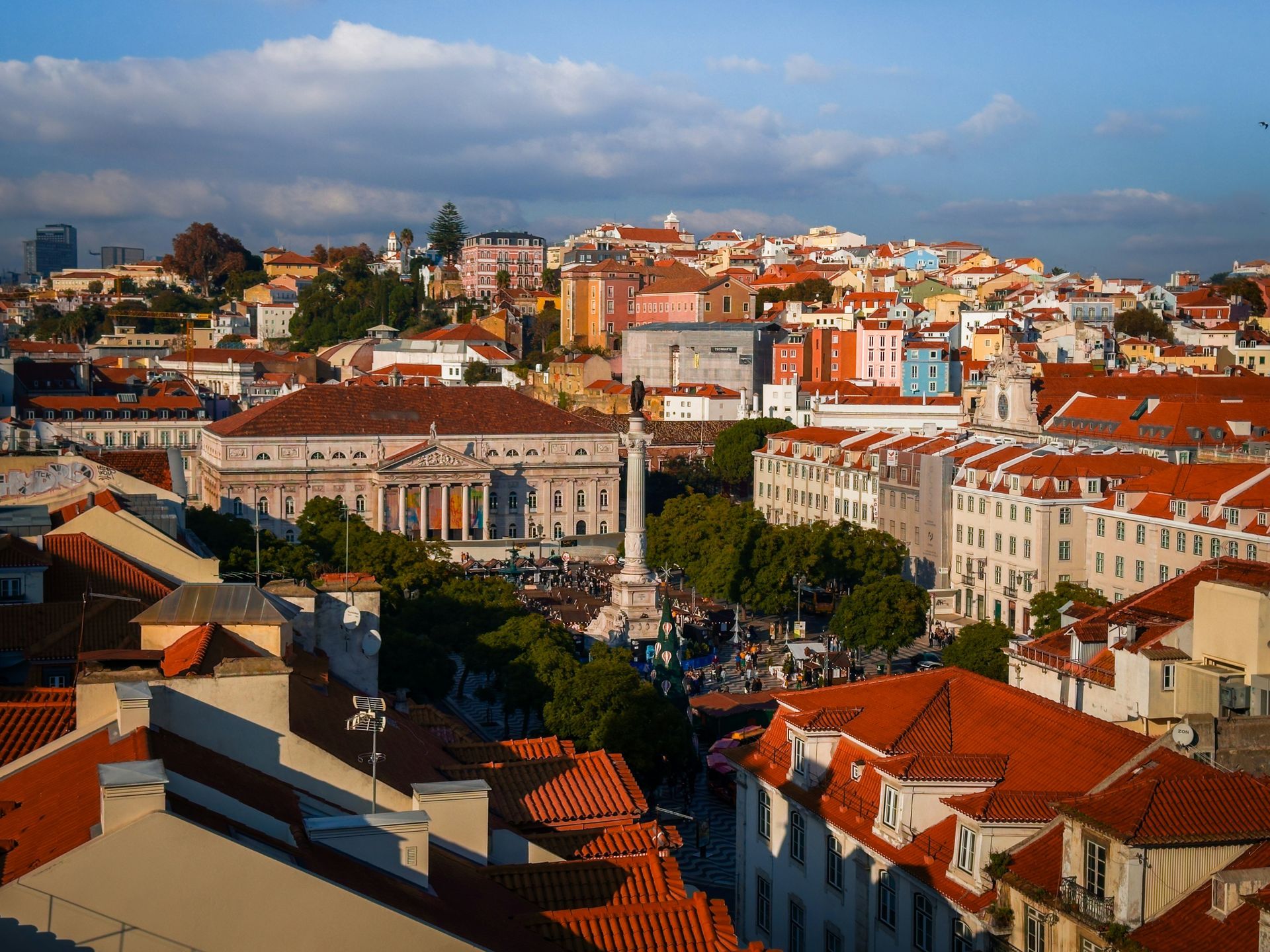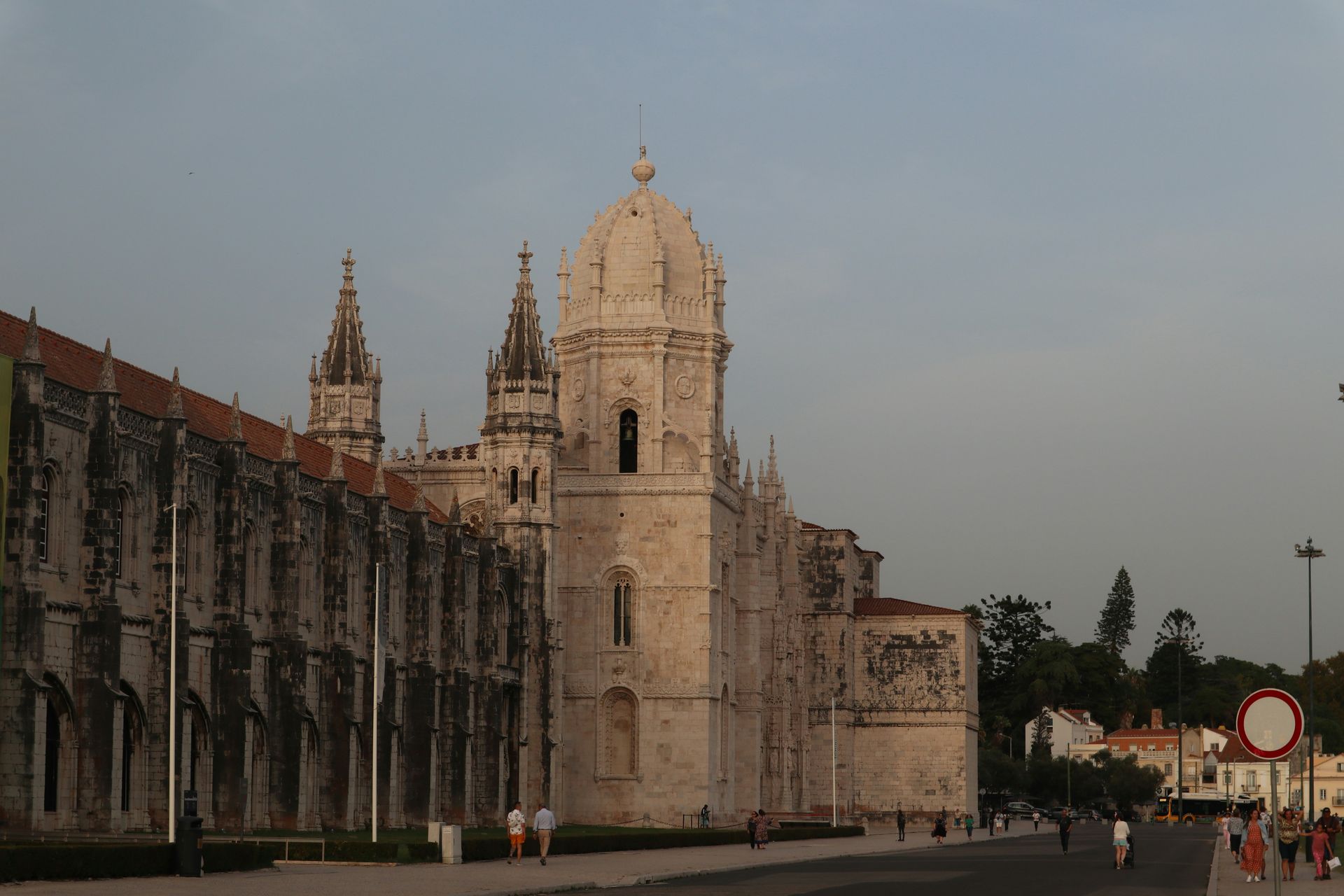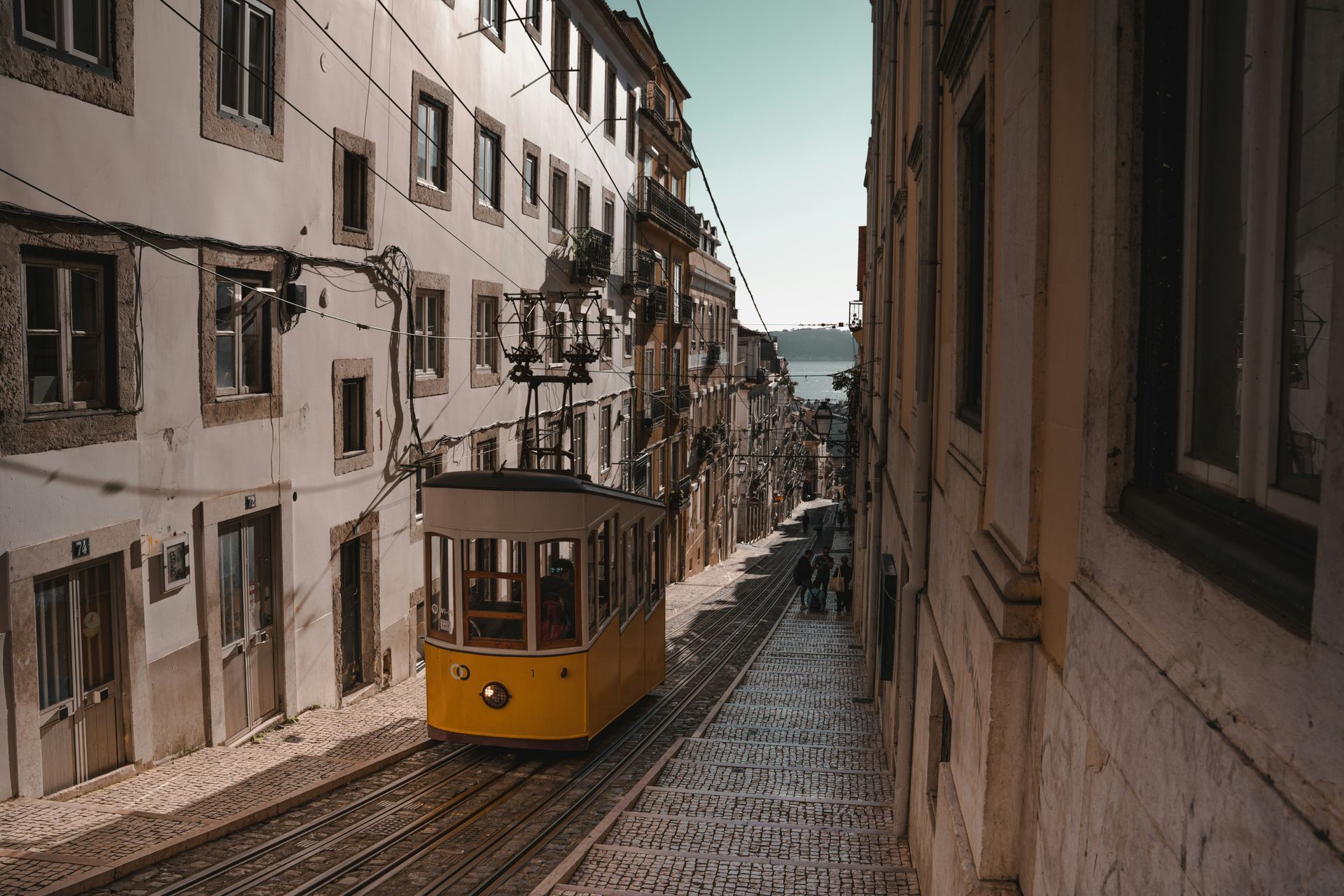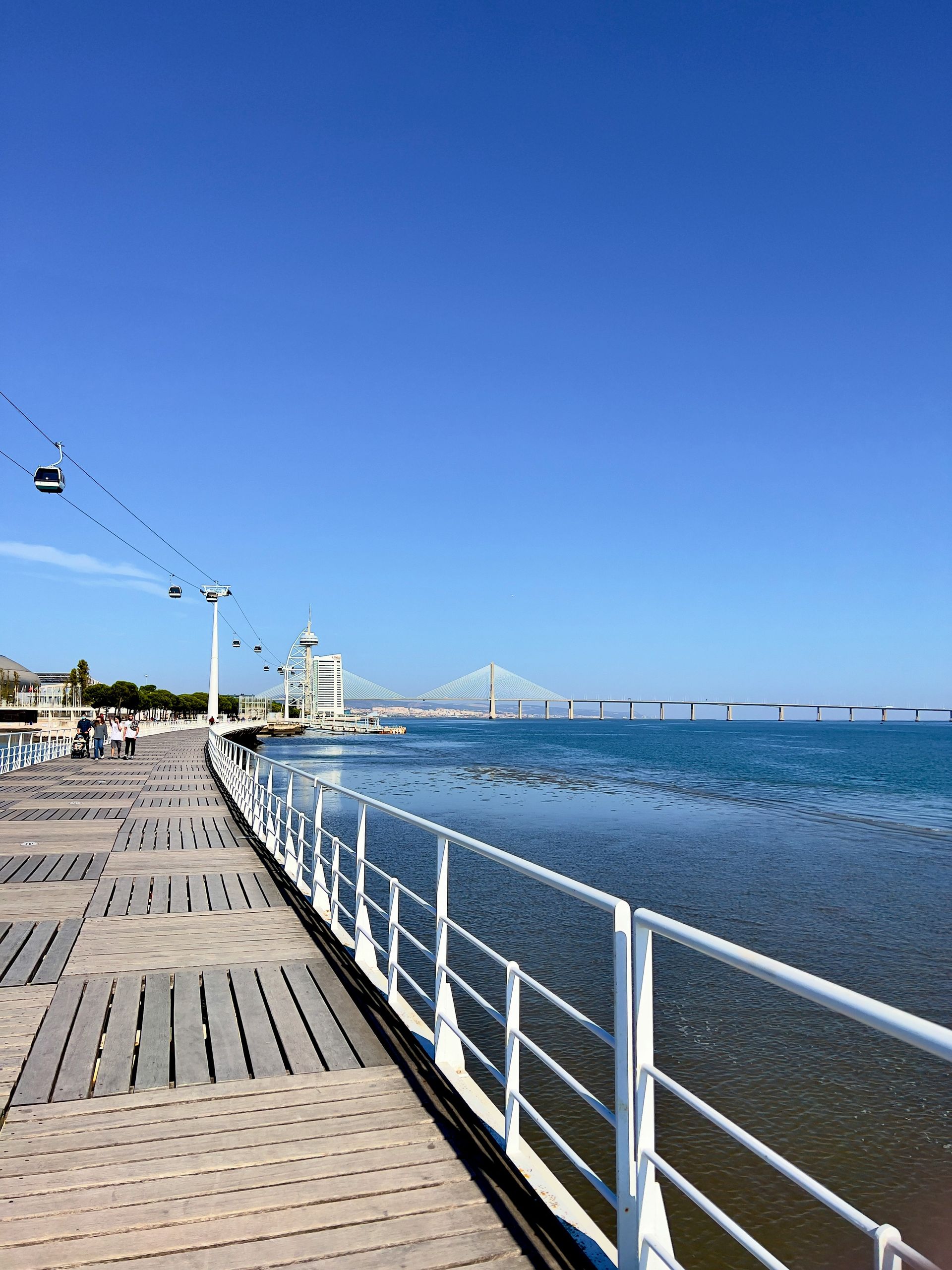Spreading Smile across the globe
Hidden Gems of Northern Italy
Hidden Gems of Italy are a testament to the country's diverse and enchanting beauty, often concealed from the traditional tourist routes. While Italy is celebrated for its iconic cities like Rome, Florence, Venice, and the Amalfi and Cinque Terre coasts, it's the lesser-known destinations that promise a unique journey. These unexplored regions offer travellers a chance to experience Italy's authentic culinary delights, rich historical narratives, and stunning natural landscapes. From the northern reaches to the southern shores, these Hidden Gems of Italy reveal a different facet of this remarkable nation.
Lake Orta - Piedmont
Hidden Gems of Italy come to life at Lake Orta, tucked away near the Swiss border in the heart of Piedmont. This hidden paradise often evades the spotlight compared to its more famous counterparts like Lake Como and Lake Garda. The historic town of Orta San Giulio, with its Baroque and Medieval architecture, cobbled streets, and idyllic Piazza Motta, enchants visitors. The glistening waters of the lake itself invite moments of serenity. What makes Lake Orta truly extraordinary is the mysterious island at its centre—a tranquil sanctuary inhabited by resident nuns.
Treviso - Veneto
Among the Hidden Gems of Italy, Treviso stands as a city in the Veneto region that retains its genuine northern Italian charm. Meandering through its narrow cobbled lanes, picturesque canals, and medieval city walls feels like a step back. Positioned on the fringes of the renowned Prosecco wine region, Treviso provides a delightful excuse for an aperitivo with a glass of Italy's renowned sparkling Prosecco.
Aosta Valley
Nestled among the bordering landscapes of Switzerland and France, the Aosta Valley showcases breathtaking alpine scenery, perched castles, and traditions that thrive throughout the year. When spring and summer arrive, the region's walking trails entice explorers. This season also brings lively festivals that celebrate folk traditions that date back to medieval times. Be sure to savour the local cheese Fontina, a culinary delight that embodies the spirit of this Hidden Gem of Italy.
Alba - Piedmont
Alba, a sought-after destination among Italy's hidden gems, is situated in the vineyards of the Langhe Hills. Once adorned with a hundred towers, Alba exudes a charming rural ambience. It's renowned for its autumn truffle festival, a gastronomic event that captures the essence of the region. Alba is also celebrated for its dark chocolate, hazelnut groves, white truffles, and prestigious wineries. It's from this very region that the sought-after Barolo wine originates.
Camogli - Liguria
Camogli, a typical and vibrant Italian seaside village on the Ligurian Riviera di Levante, perfectly embodies the spirit of the Hidden Gems of Italy. Towering, brightly painted houses dominate the town, and it has become a magnet for visitors seeking pristine beaches, Ligurian cuisine, the rustic fishing marina, Italian culture, and a tranquil natural setting. Camogli has earned its reputation for culinary excellence, focusing on fish and seafood, particularly anchovies and tuna, as well as the iconic pesto sauce made from basil and pine nuts.
Brescia - Lombardy
Hidden Gems of Italy often come alive through history, and Brescia is no exception. In this small city, history unfolds through a tapestry of architectural styles, spanning Roman, Medieval, Renaissance, Baroque, and even Art Deco. Walking through Brescia feels like a journey through time, and a visit to the captivating Piazza della Loggia, framed by a stunning Venetian-style palace at its heart, is a must for history enthusiasts.
Trieste
Trieste is a refreshingly unique destination, an Italian city positioned near the Slovenian border with its dialect that's a delightful blend of Austrian-German, Greek, Croatian, and Italian. Trieste's neoclassical waterfront is a sight to behold, with its marina brimming with stylish, glimmering yachts. The city's offerings include clear blue skies, expansive sandy beaches, city lidos, and the surrounding vineyards. Trieste is a Hidden Gem of Italy that belongs on every traveller's Northern Italian itinerary.
Modena - Emilia-Romagna
Modena is famed for its Hidden Gems of Italy, including balsamic vinegar, Luciano Pavarotti, the Romanesque cathedral, and the nearby Ferrari museum. Beyond these illustrious attractions, Modena reveals a treasure trove of remarkable restaurants. Massimo Bottura's Osteria Francescana has twice earned a place among the world's top 50 eateries, showcasing the culinary excellence of this Hidden Gem. While in Modena, don't miss the chance to savour local specialities like stuffed tortellini and sparkling Lambrusco wine, the perfect complement to your gastronomic journey.
Chiusa / Klausen - South Tyrol
Chiusa, also known as Klausen, is one of Italy's most picturesque villages. It is situated on the banks of the Isarco River in the South Tyrolean region near the Austrian border. Chestnut groves, green fields, vineyards, and farmsteads surround the town. In the village itself, visitors are captivated by narrow alleyways, coats of arms, large bay windows, crenellated facades, and the two main squares.
Ravenna - Emilia-Romagna
Ravenna offers a treasure trove of experiences among the Hidden Gems of Italy. This city is a feast for the senses, with its diverse offerings of food, music, art, culture, history, beaches, wine, and mosaics. Ravenna is home to eight UNESCO-listed sites, making it a must-visit for history and art enthusiasts. It's also known for its two-month-long music festival, Dante Alighieri's tomb, local culinary delights, nearby beach resorts, and the opportunity to explore pinewood forests. The city's fame is derived from its stunning mosaics, dating from the fifth and sixth centuries, scattered throughout the town.
In conclusion, Italy's Hidden Gems invite you to embark on a journey less travelled, where the rich tapestry of history, diverse cuisine, and breathtaking landscapes come to life. These lesser-known destinations provide an authentic Italian experience, away from the bustling crowds, revealing the nation's soul in its purest form. Explore these Hidden Gems to uncover Italy's hidden treasures.
Hidden Gems of Central Italy
Hidden Gems of Italy beckon the adventurous traveller to explore the lesser-known treasures that this remarkable country holds. From the picturesque valleys of Tuscany to the medieval charm of Umbria, the mysterious landscapes of Molise, and the architectural wonders of San Gimignano, these destinations promise unforgettable experiences.
Garfagnana - Tuscany
The Garfagnana region is a hidden gem in the beautiful Tuscan valley north of Lucca. It is crossed by the Serchio River, and the landscape is characterized by fertile greenery, rugged mountains, and charming villages. Outdoor activities such as hiking, walking, and mountain biking are enjoyed by many people in this area. Garfagnana is home to several one-of-a-kind attractions, including a ghost town, a wind cave, and the Devil's Bridge at Borgo a Mozzano.
Gubbio - Umbria
Umbria hides many treasures, and a particular favourite among Hidden Gems of Italy is the Medieval hilltop town of Gubbio. Gubbio, a city with a history dating back over 2,000 years, is a maze of cobbled streets and stone buildings that have been perfectly preserved. Visitors can take a cable car to the summit of Mount Ingino to enjoy panoramic views of the surrounding area. In addition, Gubbio hosts Italy's oldest event, the Corsa dei Ceri, in which teams race through the streets carrying massive wooden candles.
Molise
Molise is Italy's second-smallest region and one of its best-kept secrets. Hidden Gems of Italy are plentiful here. The picturesque town of Agnone is renowned for its artisanal bells, produced by the oldest family-run bell foundry in the world. Meanwhile, Campobasso, the regional capital, boasts a stunning medieval old town. Molise offers a captivating mix of historical charm and natural beauty, with rugged mountains, rolling hills, and pristine beaches along the Adriatic coast.
San Gimignano - Tuscany
Nestled in the heart of Tuscany, San Gimignano boasts medieval architecture and, of course, its famous towers. The town's historic centre is a UNESCO World Heritage site, known for its fourteen stone towers that once symbolised wealth and power. San Gimignano offers a glimpse into medieval Tuscany, with well-preserved streets and squares that transport visitors to another time. Besides the towers, make sure to explore the Collegiate Church and indulge in the local Vernaccia wine, a crisp white wine produced in the region.
Spello - Umbria
Another gem in the heart of Italy, Spello enchants visitors with its winding medieval streets and stunning floral displays. Known as the "Città Infiorata" or "flower town," Spello hosts the Infiorata festival, during which the streets are carpeted with intricate flower petal designs. This event occurs in early June and is a magnificent spectacle. Outside of the festival, Spello's charm continues with its well-preserved historic centre and beautiful churches.
Trulli of Alberobello - Apulia
Apulia, or Puglia, is famous for its unique trulli houses, and Alberobello is the epicentre of this architectural marvel. These whitewashed conical homes are a UNESCO World Heritage Site that offers a glimpse into the region's history. Visitors can even stay in trulli that have been converted into accommodations, providing a truly immersive experience.
Norcia - Umbria
Nestled in the Sibillini Mountains, Norcia is renowned for its gastronomy. This charming town produces exceptional cured meats, particularly prosciutto and salami. For food enthusiasts, Norcia is a true Hidden Gem of Italy. Explore local shops, taste the region's specialities, and visit the beautiful town square. Nature enthusiasts will also find hiking trails and natural beauty in the nearby Monti Sibillini National Park.
Montefalco - Umbria
Montefalco is often called the "Balcony of Umbria" for its stunning views over the surrounding valley. This charming town is also known for its wine, particularly Sagrantino, one of Italy's most robust red wines. Montefalco's medieval centre is picturesque and hosts several churches with remarkable frescoes, making it a cultural and gastronomic gem.
Castelluccio di Norcia - Umbria
High in the Sibillini Mountains, Castelluccio di Norcia is a quaint village known for its stunning wildflower blooms in late spring and early summer. The surrounding plateau becomes a colourful tapestry, attracting photographers and nature enthusiasts. Besides the flowers, visitors can enjoy hiking and take in the breathtaking scenery. Hidden Gems of Italy like Castelluccio di Norcia provide a unique connection to nature and the changing seasons.
In the heart of Italy, a treasury of Hidden Gems awaits the intrepid traveller. From the mysterious ghost town of Garfagnana to the ancient charms of Gubbio, the enchanting landscapes of Molise, and the medieval splendours of San Gimignano, these lesser-known destinations reveal Italy's diverse beauty and rich history. Journey through the tranquil streets of Spello, marvel at the unique trulli houses in Alberobello, savour the culinary delights of Norcia, and bask in the vibrant blooms of Castelluccio di Norcia. These Hidden Gems of Italy promise an unforgettable adventure in a land of timeless wonder.
Hidden Gems of Southern Italy
Italy, a land of rich history, captivating art, and exquisite cuisine, is known for its iconic cities and world-famous landmarks. Despite the tourist-filled streets and crowded piazzas, the country holds many hidden gems—lesser-known destinations that offer a more intimate and authentic experience. These places, tucked away in various corners of Italy, are a testament to the nation's diverse and enchanting beauty, waiting to be explored by the discerning traveller. From medieval towns perched atop hills to charming coastal villages and ancient archaeological sites, the Hidden Gems of Italy promise unique adventures and unforgettable memories.
Civita di Bagnoregio - Lazio
Civita di Bagnoregio is often called the "Dying Town" because of its gradual erosion over the centuries. This medieval village is perched on a hilltop and can only be reached by a long footbridge. It's a unique destination, seemingly suspended in time, and is the perfect Hidden Gem for history buffs and photographers.
Matera - Basilicata
Matera, known for its cave dwellings, is one of Italy's most intriguing and unique destinations. The Sassi di Matera, a historic cave settlement, is a UNESCO World Heritage Site. Matera is gaining popularity but still qualifies as one of the Hidden Gems of Italy. Touring this labyrinth of stone-carved rooms and narrow streets offers an incredible historical journey.
Sperlonga - Lazio
Sperlonga is a charming coastal town characterized by its pristine beaches, winding alleys, and picturesque piazzas. Nestled between Rome and Naples, Sperlonga is often overlooked by travellers. A visit here reveals a relaxed and authentic Italian atmosphere, perfect for strolls and seaside relaxation. Take advantage of the Grotto of Tiberius, a cave once used as the emperor's villa and now a museum.
Paestum - Campania
The ancient ruins of Paestum, originally a Greek colony known as Poseidonia, provide an extraordinary window into Italy's history. The temples are exceptionally well-preserved, ranking among the best-preserved in the world. Paestum is also home to a fascinating archaeological museum that displays artefacts from the site. Enjoy a step back in time amid the Hidden Gems of Italy.
Castro - Apulia
Castro, a picturesque coastal town, boasts a historic centre perched on a rocky outcrop. Visitors can explore ancient churches, fortifications, and a charming harbour. Castro also has sea caves that can be explored by boat. The region's cuisine is a seafood lover's paradise, making this town a Hidden Gem for food enthusiasts as well.
Scilla - Calabria
Scilla, an idyllic coastal village in Calabria, offers stunning sea views and hidden beaches. The town is known for the Ruffo Castle, which dominates the landscape, and the legendary sea monster Scylla from Greek mythology. The charming village is a serene and lesser-known alternative to some of the more crowded Italian seaside destinations.
San Marino
San Marino is a microstate surrounded by Italy and is one of the world's oldest republics. It's a destination that's often missed, making it a true Hidden Gem. San Marino boasts dramatic mountaintop views, historic architecture, and unique attractions like the Guaita Tower and the Palazzo Pubblico. For collectors, the country is also known for its beautiful stamps and coins.
Conclusion
Discovering the Allure of Hidden Gems of Italy
Hidden Gems of Italy offers travellers an authentic experience, far removed from the tourist-packed cities and famous landmarks. These lesser-known destinations unravel the genuine charm, culture, history, and culinary wonders that make Italy an endlessly fascinating country to explore. From the mountains of the North to the coasts of the South, each region holds its treasures, waiting to be discovered by those who venture off the beaten path. By exploring the Hidden Gems of Italy, you can craft a unique and unforgettable journey that deepens your appreciation of this incredible country. Plan your trip carefully, and you will be rewarded with the beauty, history, and flavours that characterize these enchanting places.
Best Time to Visit Lisbon
Planning a visit to Lisbon necessitates careful consideration of the optimal timing to experience this vibrant city's rich history, cultural diversity, and stunning architecture. Understanding the best time for your visit ensures that you maximize your exploration of Lisbon's enchanting streets, sample its delectable cuisine, and soak in its captivating ambience.
Springtime in Lisbon:
Visit Lisbon during the spring months, from March to May, to witness the city come alive with blooming flowers, mild temperatures, and a vibrant atmosphere. Spring is an ideal time to explore Lisbon's historic landmarks, such as the Jerónimos Monastery and Belém Tower, as the city is less crowded compared to the peak summer season. Stroll through the delightful districts of Alfama and Bairro Alto, where you can fully engage with Lisbon's vibrant culture and scenic streets. During spring, Lisbon hosts various cultural events and festivals, offering visitors a unique opportunity to experience the city's dynamic arts scene and lively street performances.
Summer Splendor in Lisbon:
Summer is a popular time to visit Lisbon, as the city basks in warm temperatures and long daylight hours, creating an inviting ambience for outdoor exploration and leisure activities. From June to August, visitors can enjoy sun-drenched days lounging on the sandy beaches of Cascais and Estoril, just a short drive from Lisbon's city centre. Take a refreshing dip in the Atlantic Ocean or indulge in water sports such as surfing and paddleboarding along the scenic coastline. In the evenings, explore Lisbon's bustling nightlife scene, where lively bars and rooftop terraces offer stunning views of the cityscape illuminated against the night sky.
Autumn Tranquility in Lisbon:
Autumn offers a tranquil atmosphere in Lisbon, making it an ideal time to explore the city's historic sites and cultural attractions. From September to November, temperatures begin to cool down, creating comfortable conditions for sightseeing and outdoor activities. Explore Lisbon's iconic landmarks, such as São Jorge Castle and the Lisbon Cathedral, without the crowds often encountered during the peak tourist season. Wander through the colourful streets of Lisbon's neighbourhoods, where you can discover hidden gems, local markets, and charming cafes serving authentic Portuguese cuisine. Autumn also presents an excellent opportunity to embark on day trips to nearby destinations, such as the picturesque town of Sintra or the scenic vineyards of the Douro Valley.
Winter Charm in Lisbon:
While Lisbon experiences mild winters compared to other European cities, visiting during the winter months from December to February offers a unique perspective of the city's charm and character. Experience Lisbon's festive spirit as the city adorns itself with holiday decorations, twinkling lights, and Christmas markets. Explore Lisbon's cultural institutions, such as the Calouste Gulbenkian Museum and the National Tile Museum, where you can admire exquisite artworks and historical artefacts. Winter in Lisbon also provides an opportunity to savour traditional Portuguese dishes, such as bacalhau (salted cod) and pastéis de nata (custard tarts), in cosy taverns and restaurants tucked away in Lisbon's winding streets.
Alfama: Exploring Lisbon's Oldest District
Alfama stands as one of Lisbon's most iconic neighbourhoods, renowned for its narrow cobblestone streets, colourful buildings, and traditional Fado music. As you visit Lisbon, immerse yourself in Alfama's charming ambience by wandering through its labyrinthine alleyways lined with quaint cafes, boutiques, and hidden courtyards. Don't miss the opportunity to visit the São Jorge Castle, perched atop a hill, offering panoramic views of the city and the Tagus River. Alfama also boasts picturesque viewpoints such as Miradouro das Portas do Sol and Miradouro da Graça, where you can marvel at Lisbon's stunning skyline and watch the sunset paint the city in golden hues.
Belém: A Journey through Lisbon's Maritime Heritage
Located along the banks of the Tagus River, Belém is a historic district brimming with architectural wonders and maritime heritage. As you visit Lisbon, delve into Belém's rich history by exploring iconic landmarks such as the Jerónimos Monastery, a UNESCO World Heritage site renowned for its intricate Manueline architecture and ornate cloisters. Marvel at the imposing Belém Tower, a symbol of Portugal's Age of Discovery, which once served as a fortress and maritime gateway to the world. Indulge your taste buds with a visit to Pastéis de Belém, where you can savour the city's famous custard tarts, freshly baked according to a secret recipe dating back to the 19th century.
Chiado and Bairro Alto: Lisbon's Cultural Heartbeat
Chiado and Bairro Alto represent Lisbon's cultural epicentre, where history, art, and contemporary trends converge. As you visit Lisbon, take a stroll through the elegant streets of Chiado, lined with historic theatres, bookstores, and stylish cafes. Discover the remnants of Lisbon's literary past at Café A Brasileira, a beloved haunt of intellectuals and artists, including the renowned poet Fernando Pessoa. In Bairro Alto, experience Lisbon's vibrant nightlife scene, characterized by bustling bars, live music venues, and eclectic street art. Don't miss the opportunity to ride the iconic Elevador da Bica, a historic funicular offering scenic views as it ascends from Bairro Alto to the riverside neighbourhood of Cais do Sodré.
Rossio Square and Baixa: Lisbon's Historic Heart
Rossio Square, also known as Praça Dom Pedro IV, serves as the bustling heart of Lisbon's historic downtown district, Baixa. Visit Lisbon's grand central square, adorned with elegant fountains, cobblestone pavements, and historic landmarks such as the ornate Rossio Train Station. From Rossio, wander through Baixa's grid-like streets, lined with neoclassical buildings, charming cafes, and inviting plazas. Discover Lisbon's vibrant shopping scene along Rua Augusta, a pedestrian street bustling with shops, restaurants, and street performers. Don't miss the opportunity to explore Lisbon's historic arcades, such as the Rua Augusta Arch, which offers panoramic views of Baixa and the Tagus River from its rooftop terrace.
Lisbon Oceanarium: A Window into the Marine World
Located in the modern Parque das Nações district, the Lisbon Oceanarium stands as one of Europe's largest aquariums and a must-visit attraction for nature enthusiasts of all ages. Explore the Oceanarium's immersive exhibits, which showcase diverse marine ecosystems from around the globe, including the Atlantic, Pacific, and Indian Oceans. Marvel at the mesmerizing displays of colourful fish, majestic sharks, playful penguins, and graceful rays as you journey through recreated habitats such as coral reefs and kelp forests. The Lisbon Oceanarium also features educational programs, interactive displays, and behind-the-scenes tours, offering visitors a deeper understanding of marine conservation and biodiversity.
Jerónimos Monastery: A Symbol of Portugal's Golden Age
Situated in the Belém district, the Jerónimos Monastery stands as an exemplar of Manueline architecture, serving as a testament to Portugal's Age of Discovery. As you visit Lisbon, marvel at the monastery's intricate facade adorned with ornate carvings, maritime motifs, and symbols of Portugal's exploration and conquests. Explore the monastery's majestic cloisters, where intricately carved columns and arches pay homage to Portugal's maritime heritage and historical achievements. Don't miss the opportunity to visit the Church of Santa Maria, the final resting place of Vasco da Gama, the renowned Portuguese explorer who discovered the sea route to India.
Lisbon Trams: A Nostalgic Journey through Time
Lisbon's iconic trams, known as elétricos, offer a nostalgic and scenic way to explore the city's historic neighbourhoods and picturesque landscapes. Hop aboard Tram 28, one of Lisbon's most famous tram routes, which winds its way through narrow streets, steep hills, and charming districts such as Alfama, Graça, and Estrela. As you visit Lisbon, enjoy the rhythmic clatter of the tram tracks and panoramic views of the city's iconic landmarks, including São Jorge Castle, Sé Cathedral, and the National Pantheon. Tram 28 provides a unique perspective of Lisbon's architectural diversity, cultural heritage, and vibrant street life, making it a memorable and essential experience for visitors.
Lisbon's Street Art: A Canvas of Creativity
Lisbon's vibrant street art scene adds a colourful and contemporary flair to the city's historic streets and neighbourhoods. As you visit Lisbon, take a stroll through the colourful alleyways of Mouraria and Graça, where striking murals and graffiti artworks adorn building facades, transforming urban spaces into open-air galleries. Discover the works of local and international street artists, whose creations reflect Lisbon's cultural diversity, social issues, and creative expression. From thought-provoking political statements to whimsical illustrations, Lisbon's street art offers a glimpse into the city's dynamic and evolving artistic landscape.
LX Factory: Lisbon's Creative Hub
LX Factory, nestled beneath the 25 de Abril Bridge in the Alcântara district, is a thriving creative complex housed within a former industrial site. As you visit Lisbon, explore LX Factory's eclectic mix of art galleries, design studios, boutiques, cafes, and restaurants, which breathe new life into historic factory buildings and warehouses. Discover unique handmade crafts, vintage treasures, and contemporary artworks created by local artisans and designers. Indulge in culinary delights at one of LX Factory's trendy eateries, where innovative cuisine meets industrial-chic ambience. Don't miss the opportunity to attend cultural events, live performances, and creative workshops that showcase Lisbon's vibrant arts and culture scene at LX Factory.
Parque das Nações: Lisbon's Modern Marvel
Parque das Nações, the modern waterfront district of Lisbon, offers a striking contrast to the city's historic charm with its sleek architecture, expansive green spaces, and cutting-edge attractions. As you visit Lisbon, explore Parque das Nações' iconic landmarks such as the Vasco da Gama Tower, the Lisbon Oriente Station, and the Vasco da Gama Bridge, which span the Tagus River in architectural splendour. Discover the innovative exhibits and interactive displays at the Lisbon Science Museum and the Knowledge Pavilion, which offer engaging experiences for visitors of all ages. Relax amidst lush gardens and waterfront promenades, where panoramic views of the river and city skyline provide a picturesque backdrop for strolls and outdoor activities.
Time Out Market: A Gastronomic Paradise
The Time Out Market Lisbon, located in the historic Mercado da Ribeira in Cais do Sodré, is a culinary mecca that celebrates Portugal's vibrant food culture and gastronomic diversity. As you visit Lisbon, tantalize your taste buds with a feast of flavours from around the country, as top chefs and eateries showcase their signature dishes under one roof. From traditional Portuguese delicacies such as grilled sardines, pastéis de bacalhau, and custard tarts to global cuisines and innovative culinary creations, the Time Out Market offers a culinary journey like no other. Savour freshly prepared dishes, sip on local wines and craft beers and immerse yourself in the lively atmosphere of this gastronomic paradise, where food becomes a celebration of culture, community, and creativity.
Day Trips from Lisbon: Exploring Beyond the City
While Lisbon offers a wealth of attractions and experiences, the surrounding region boasts enchanting destinations and hidden gems waiting to be discovered. As you visit Lisbon, consider embarking on day trips to nearby towns and attractions such as Sintra, Cascais, and Cabo da Roca. Explore the fairytale-like landscapes of Sintra, home to palaces, castles, and lush gardens that evoke a sense of magic and wonder. Relax on the golden beaches of Cascais, a charming coastal town known for its picturesque harbour, sandy shores, and vibrant atmosphere. Journey to Cabo da Roca, the westernmost point of continental Europe, where dramatic cliffs, rugged coastlines, and panoramic vistas await adventurers seeking nature's beauty and tranquillity.
Conclusion:
Each season offers a distinct and enchanting experience for visitors to explore Lisbon's captivating allure. Whether you're drawn to the vibrant energy of spring, the sun-kissed days of summer, the tranquil ambience of autumn, or the festive charm of winter, Lisbon welcomes visitors year-round with its warm hospitality and timeless beauty. Exploring Lisbon unveils a city rich in history, culture, and countless opportunities for adventure and discovery.
Things To Do | Travel Information | Local's Favourites




